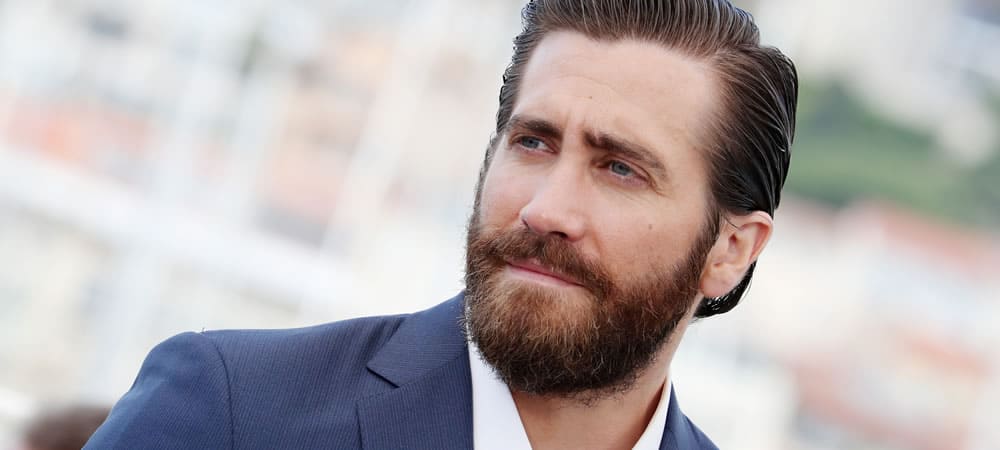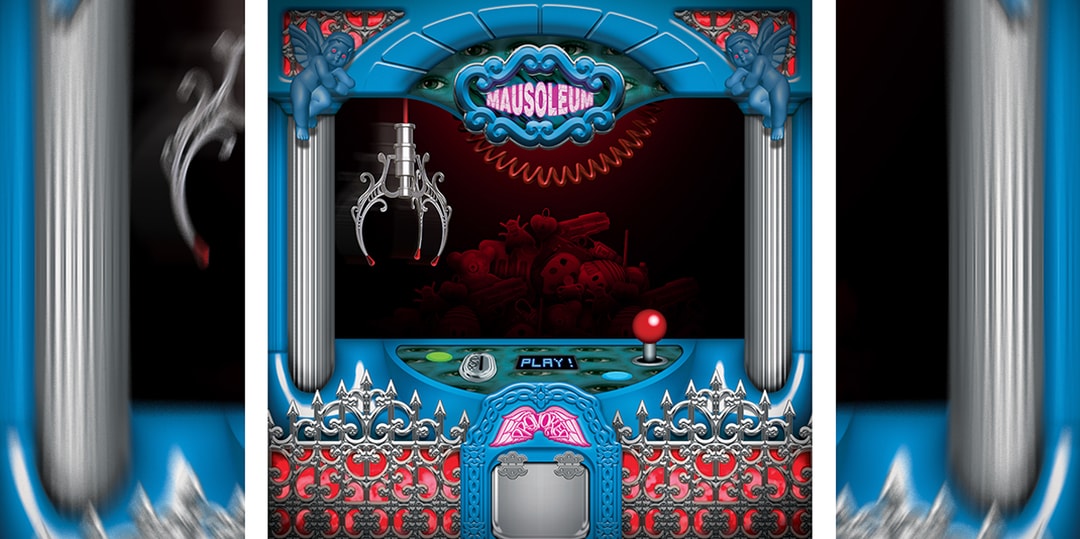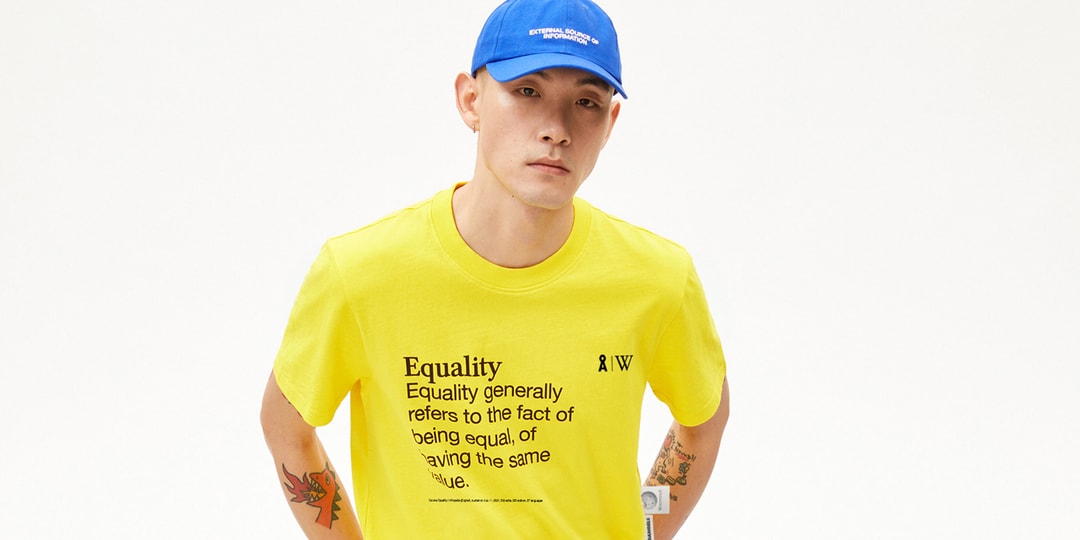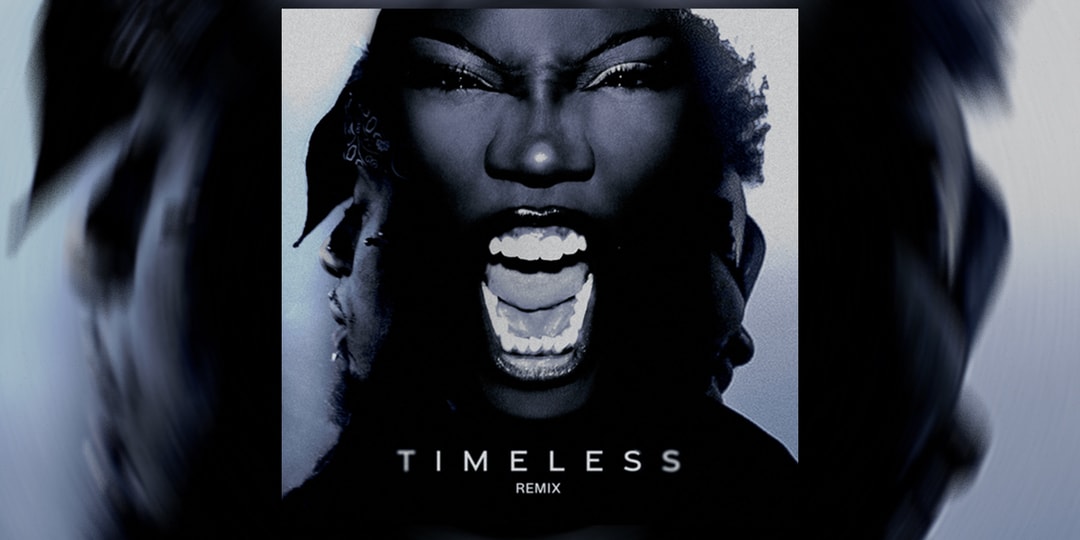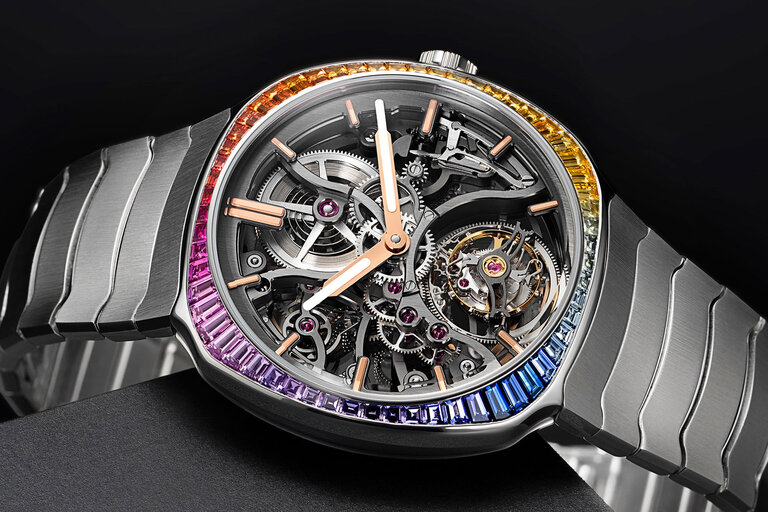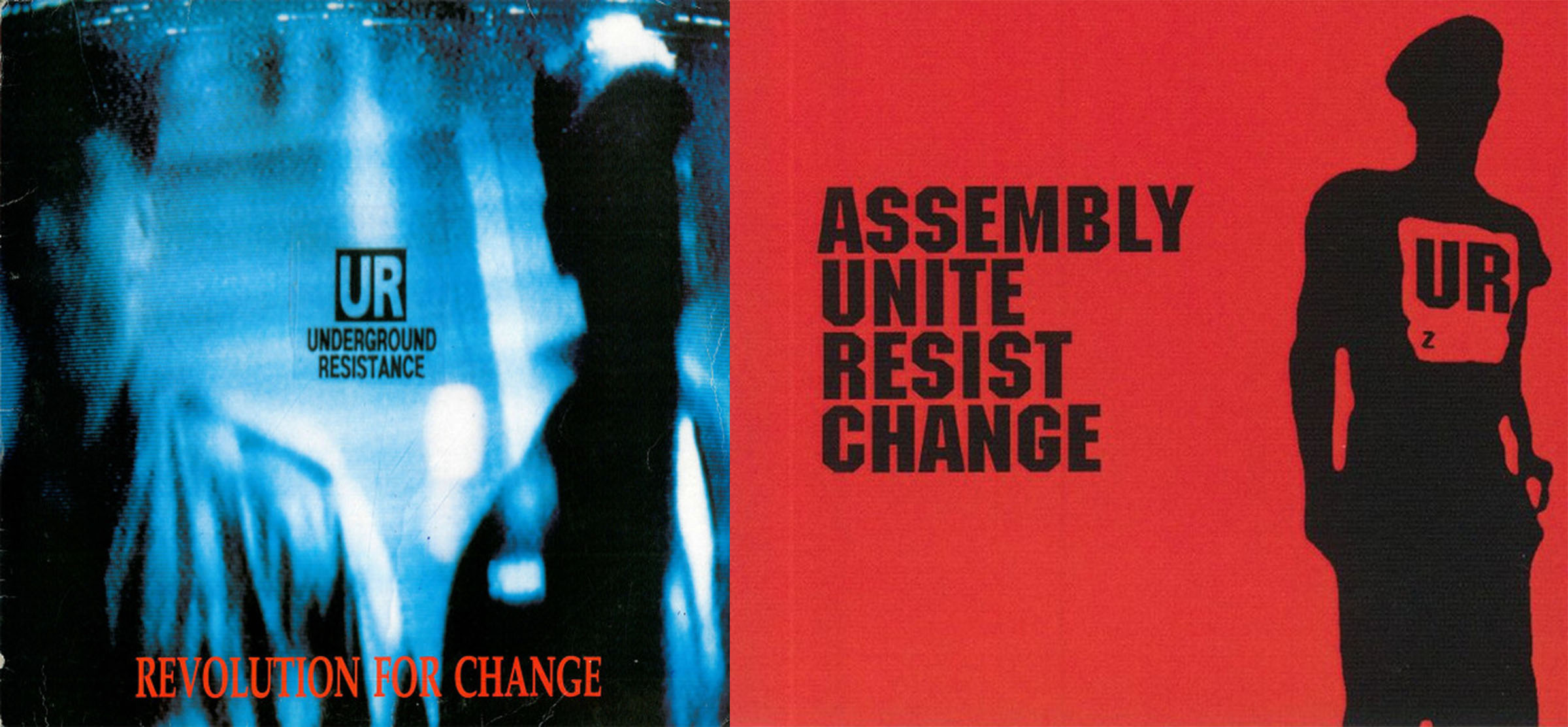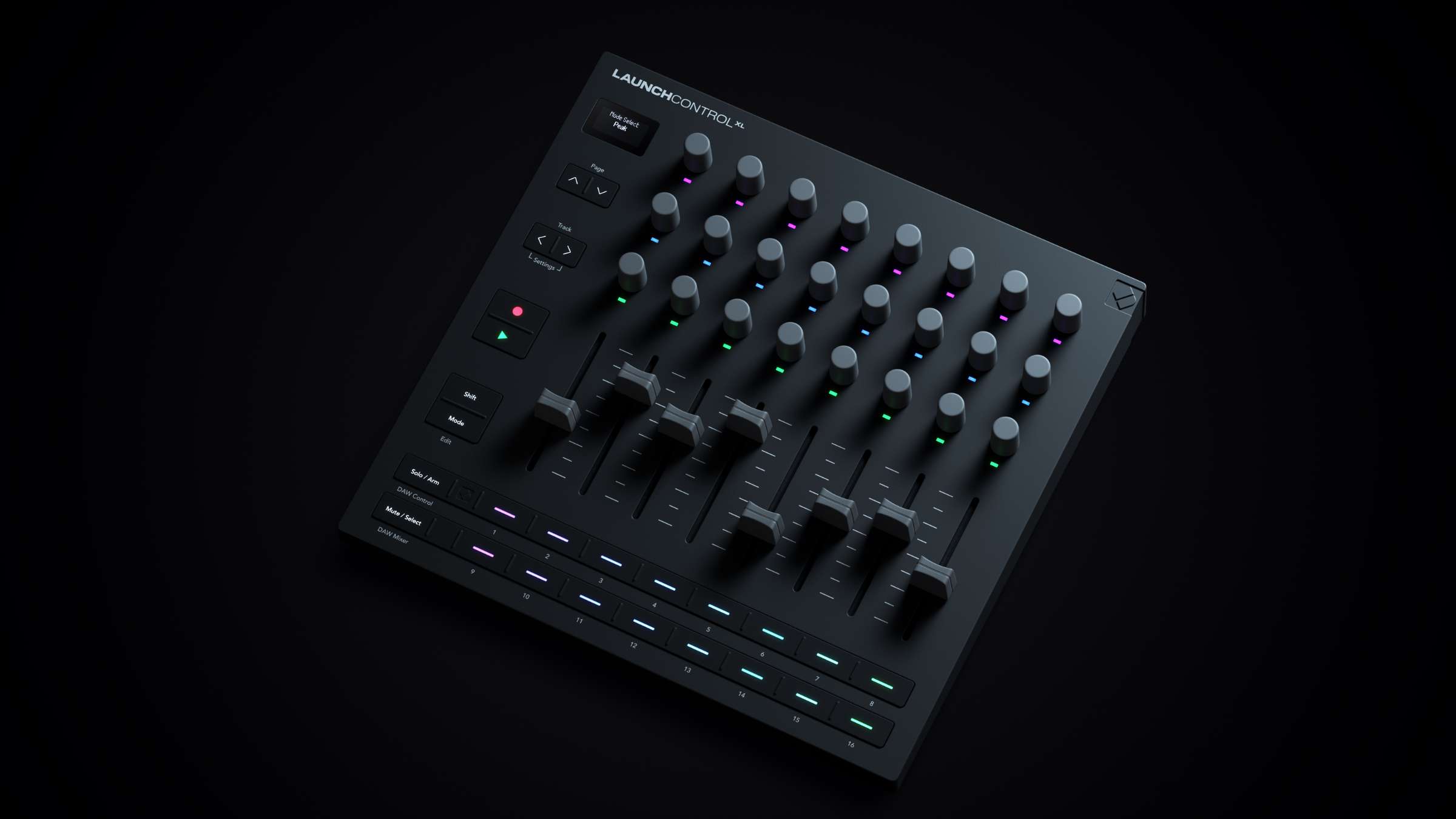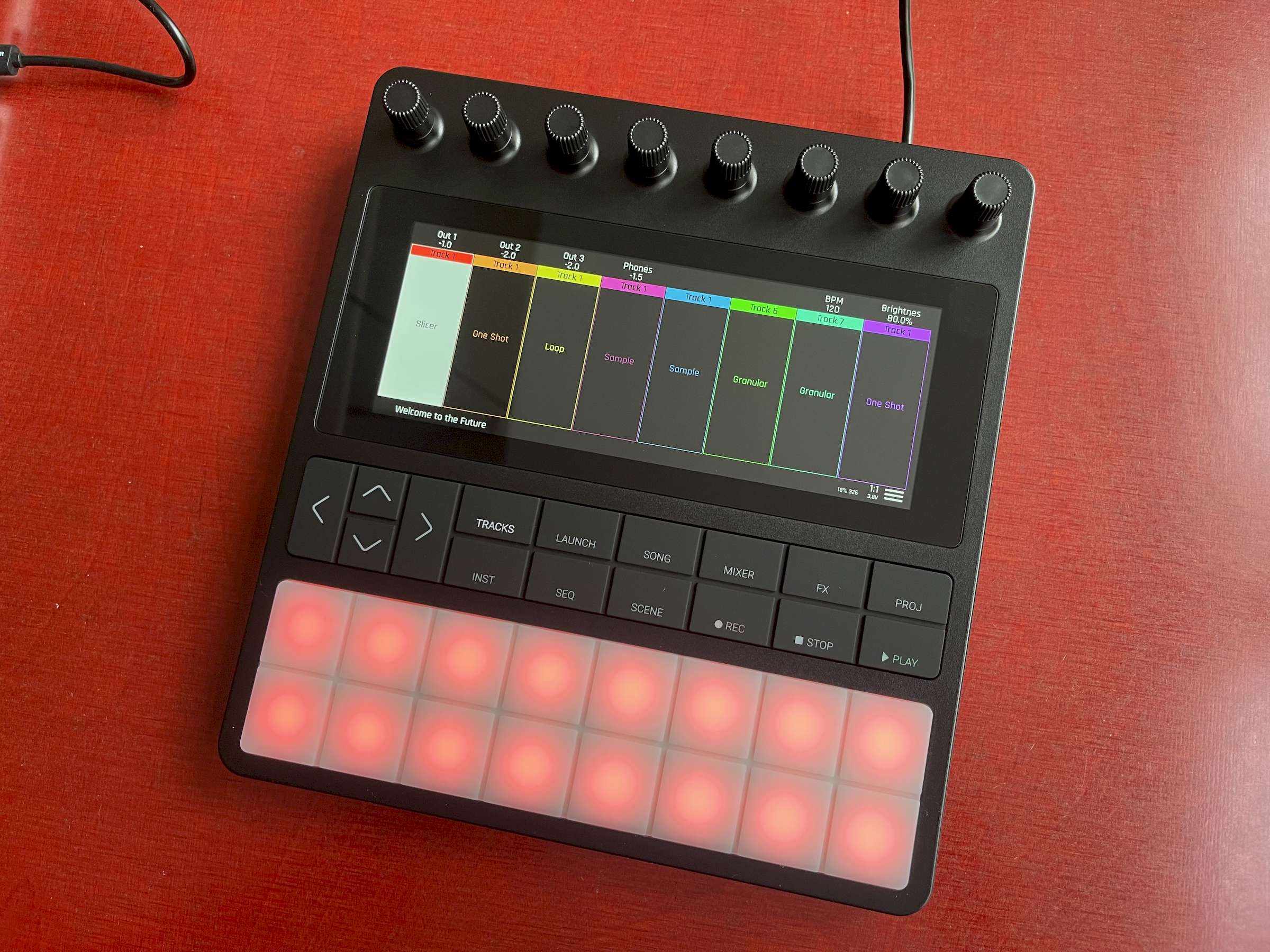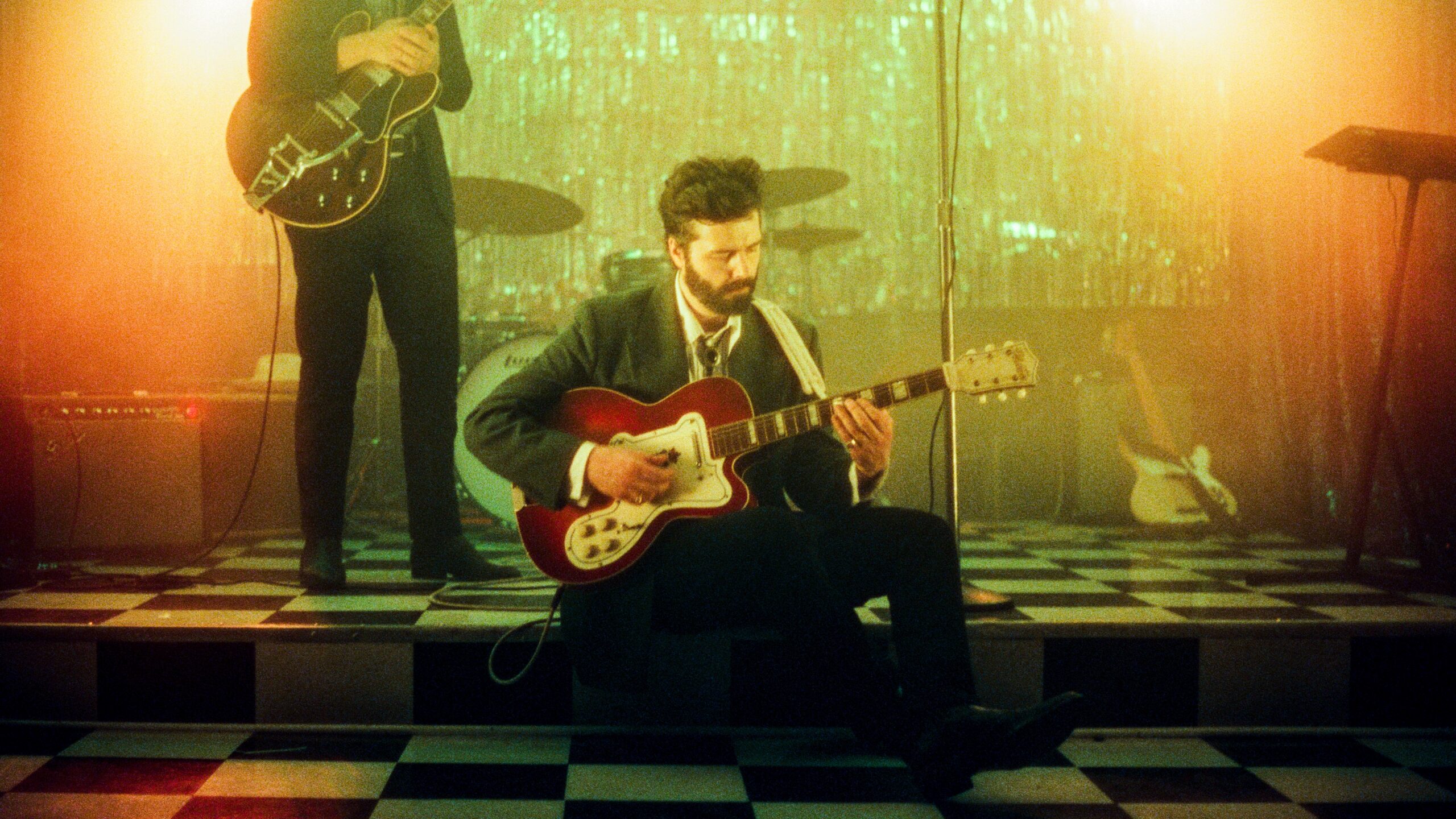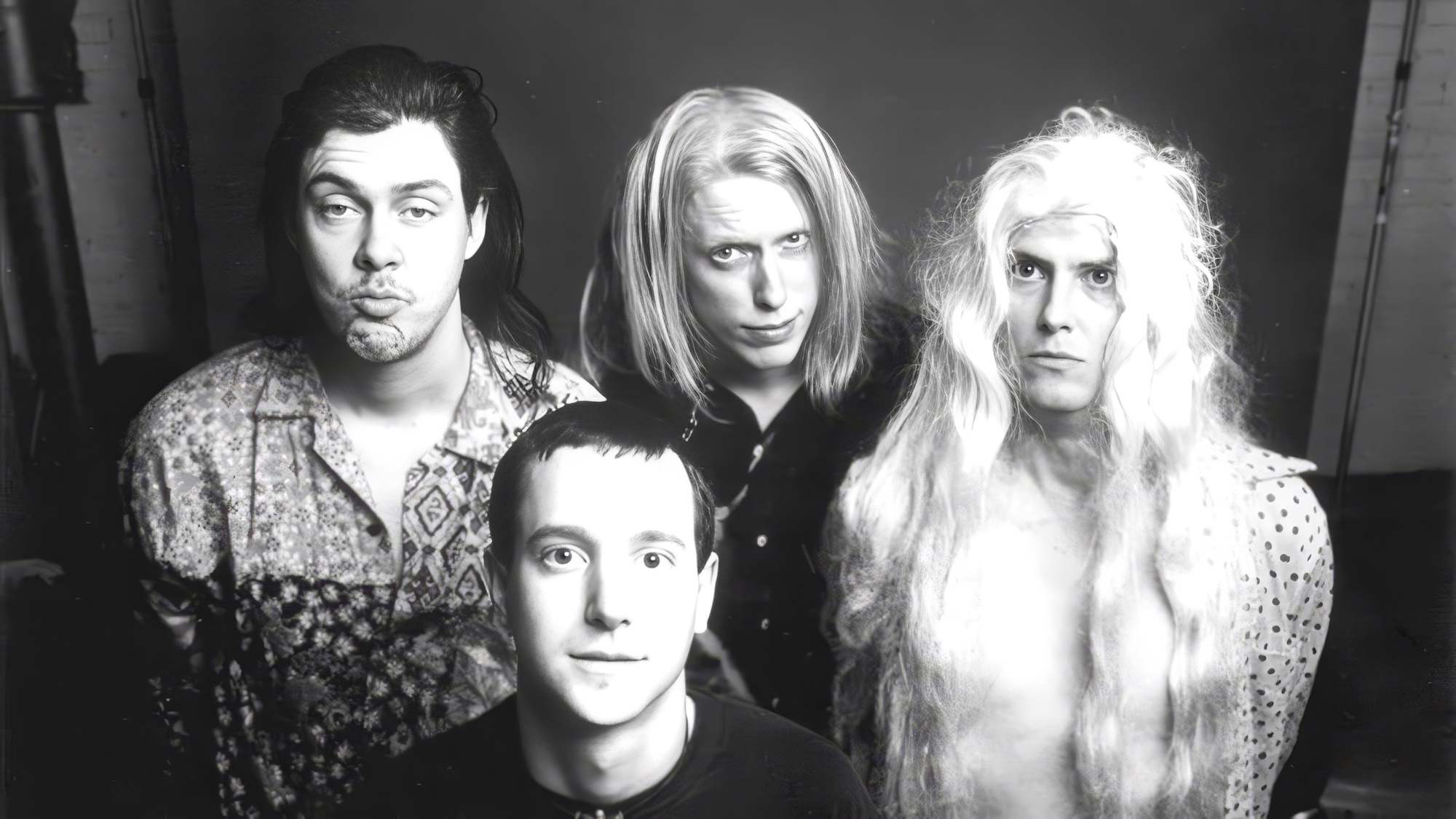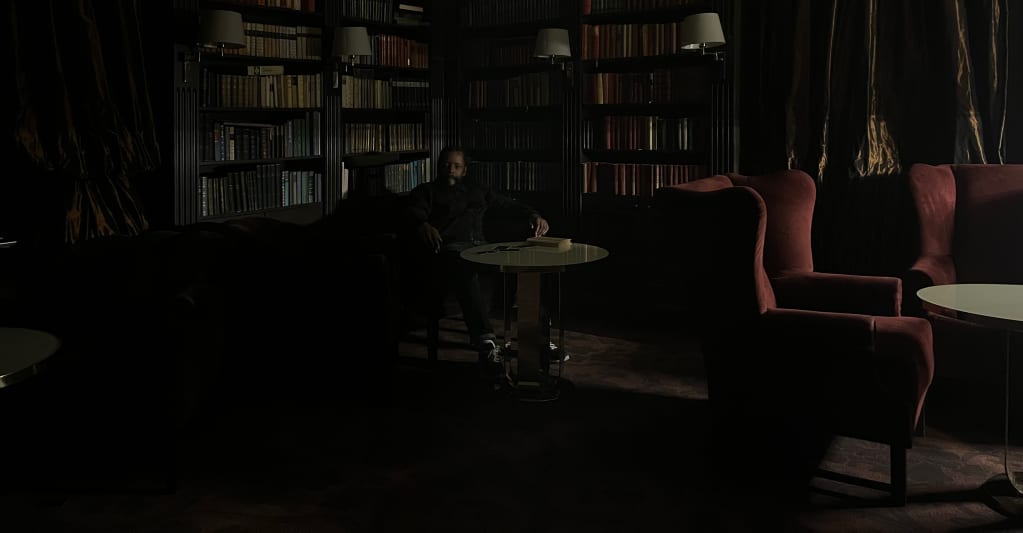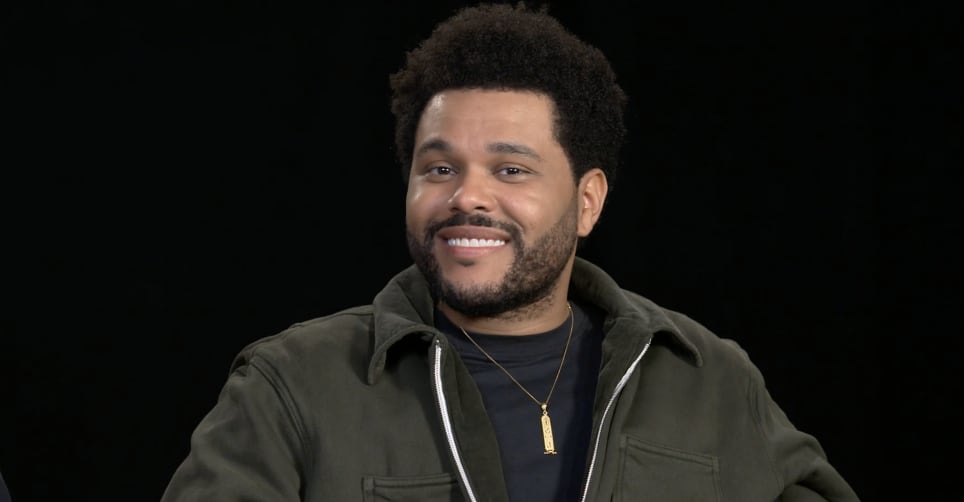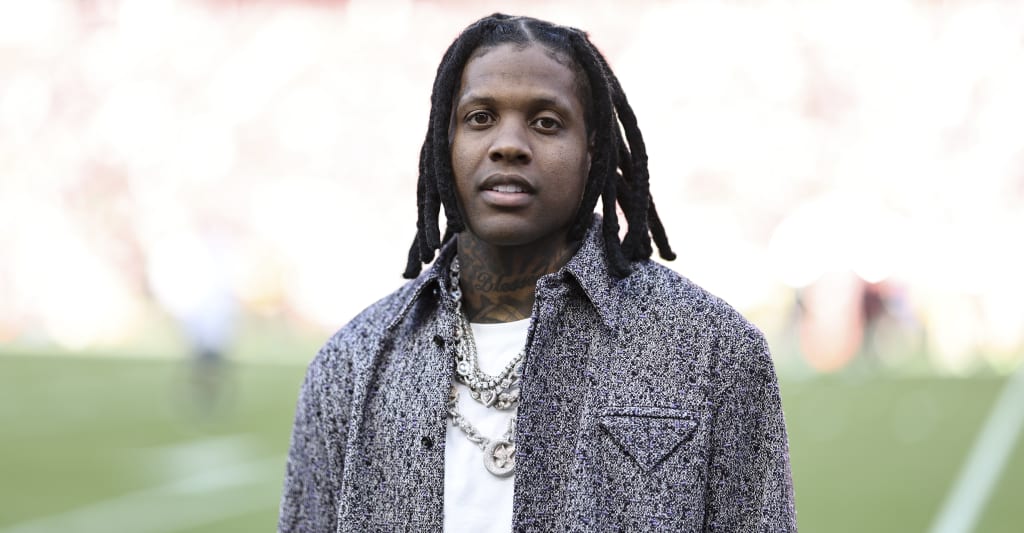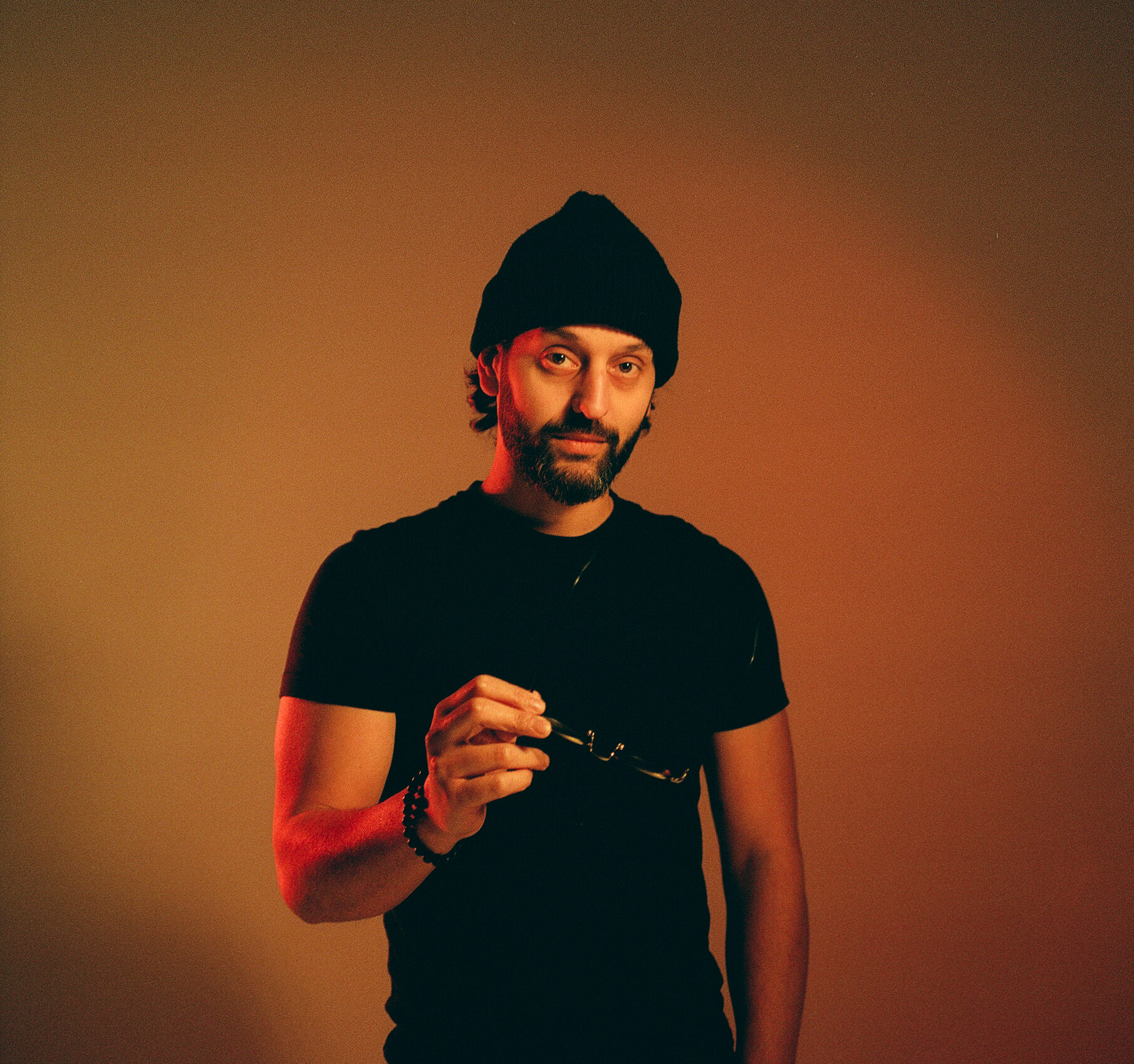Johnny Mnemonic (1995) – What Happened to This Sci-Fi Action Film?
The What Happened series takes a look back at the 1995 sci-fi film Johnny Mnemonic, starring Keanu Reeves and Dolph Lundgren The post Johnny Mnemonic (1995) – What Happened to This Sci-Fi Action Film? appeared first on JoBlo.
The episode of What Happened to This covering Johnny Mnemonic was Written and Edited by Jaime Vasquez, Narrated by Tyler Nichols, Produced by Andrew Hatfield and John Fallon, and Executive Produced by Berge Garabedian.
The story of Johnny Mnemonic was one of the early standards of cyberpunk literature. And coming off the explosive success of Speed, Keanu Reeves took on the title role opposite Action icon Dolph Lundgren. The supporting cast was a solidly talented ensemble that included Ice-T, Henry Rollins, and a laser whip that cut right through characters, bones and all. So, how could this promising film adaptation die a death so pitiful that even Casper the friendly ghost would spit on its grave? How did too many cooks turn what was meant to be an arty tech noir film into an overcooked, underwhelming mess? And how did it lead to studios greenlighting The Matrix? I need to unload all this data, so stick around and find out What Happened to Johnny Mnemonic.
In 1981, sci-fi writer William Gibson’s story “Johnny Mnemonic” was published in Omni Magazine. It introduced the character of Johnny, a courier living in a high-tech fantasy world in 2021. It also introduced cyberpunk at the start of the ‘80s tech boom. The story was featured in Gibson’s collection Burning Chrome, released in 1986. Artist and filmmaker Robert Longo had massive success in the same decade with a series of hyper realistic drawings titled “Men in the Cities.” The artwork became such an ’80s staple that pieces of it were featured in the satirical horror-comedy American Psycho, displayed on the wall of lead character Patrick Bateman’s apartment. After directing TV and music videos in the ’80s and ’90s, Longo wanted to move on to film. A big fan of Gibson’s work, he wanted to adapt his popular debut novel, Neuromancer. But he would eventually change directions, as he ultimately felt that the story might be too ambitious for a film. Instead, he chose to take Johnny Mnemonic to the big screen. His intention was to echo the low budget style of Jean Luc Godard’s 1965 tech noir film, Alphaville, or Chris Marker’s 1962 French Sci-Fi feature, La Jetée, both filmed in black and white. The director envisioned Mnemonic to be colorless as well.
But Longo would discover that making a movie in the ‘90s meant you’re not doing it right unless you’re shamelessly burning through stacks of cash. After Longo and Gibson met in 1989, they worked on a few drafts of the script, but they struggled to find funding, as the financiers they met with preferred to invest in potential blockbusters. After production company Carolco had a box office hit with the Arnold Schwarzenegger film, Total Recall, they shortly owned the rights to Johnny Mnemonic. Following some financial matters, however, they sold the rights to Sony Pictures. Funny enough, Sony wanted the film to be more like Total Recall. With its similar sci-fi and action elements, they aimed to rival its major financial success.
In 1995, director Robert Longo told Starlog Magazine that it is “difficult to make art by committee” hinting at the film’s behind the scenes tension. But he added, “Ultimately, I think it worked out well.” In the years since its release, however, Longo has been more upfront about his unpleasant filming experience. The first-time director helplessly watched as his initial vision for Johnny Mnemonic was hacked to pieces like the wood chipper scene in Fargo. The film’s credited editor, Ron Sanders, a frequent Cronenberg collaborator, was replaced by a studio-appointed editor whose final cut had a notably different pace. Longo’s plan to hire Taxi Driver and Raging Bull cinematographer Michael Chapman was also scrapped due to Canadian tax incentives requiring more local hires. Instead, they brought in François Protat, whose biggest credit was Weekend at Bernie’s. Which isn’t necessarily a bad thing, but there was a clear contrast between Longo’s intended dark tech thriller and a comedy about a beach party with a dead host.

The casting process was also heavily monitored by Sony, as they wanted stars with multinational outreach, namely Japanese TV and film star Takeshi Kitano, to try and attract a Japanese audience. For the role of the Street Preacher, U2 lead singer Bono was considered. But keeping the worldwide box office in mind, Sony ended up hiring action film icon Dolph Lundgren. While Longo didn’t agree with this casting choice, he commended Lundgren for being a “big action star who was willing to take a big risk.” With Lundgren onboard, Longo and Gibson fleshed out his role a little more. The street preaching hitman became Karl Honig, a sadistic preacher who refers to himself as Jesus and wields a knife with a crucifix handle. The sadistic streak apparently continued off screen. Black Flag lead singer, Henry Rollins, played the role of former doctor Spider. For his fight scene with Karl, Rollins says Lundgren punched him head-on, with Rollins claiming that the punch caused his thinking to become “twenty percent slower.” Though it was an apparent accident, Lundgren allegedly told Rollins in response, “Don’t worry, you’re tough.” Meanwhile, Rollins practically had cartoon birds flying around his head. In 2024, Canadian radio show The Strombo Show featured Ice-T, who played J-Bone. He praised Keanu Reeves for his lack of ego and his strong work ethic, and added that though they never had any scenes together, he and Rollins became good friends. Actress Dina Meyer made her film debut as Jane, a character similar to fan favorite Molly Millions from Gibson’s novel, Neuromancer. Reportedly, another production company had owned the rights to Neuromancer, therefore Sony could not use Molly’s name or her specific features, such as retractable blades underneath her fingernails or sealed lenses for enhanced vision. Seasoned character actor Udo Kier was cast as Johnny’s handler, Ralfi. Though his role is small, it drives the story. And Kier brings all the gravitas he can to his short screen time, posing as a serious threat, while avoiding mustache-twirling levels of camp.
For the titular role, Robert Longo wanted Val Kilmer. And Kilmer was initially cast, but he vanished into the night to play the lead in 1995’s Batman Forever. Then allegedly a copy of the script landed on Keanu Reeves’s doorstep. The tactic caught his interest as did the role, and Reeves was cast as the lead. Gibson was satisfied with the casting choice, praising the actor’s understanding of the character.
The story begins with Johnny visiting a hotel in Beijing where a group of scientists implant his head with 380 GB of data. Trying to get their hands on the info, Yakuza members break into the hotel room, shooting the scientists and ripping their body parts off with a laser whip that looks like it took up about a quarter of the film’s budget. But Johnny makes a getaway and heads to Newark, New Jersey to unload the data, as it can only stay in his head for about another day before killing him. He is followed by Shinji and his men. Jane, a bodyguard in search of her next client, helps protect Johnny. The two end up at the headquarters of a group called the Lo-Teks, an anti-establishment group who are led by J-Bone, a man who looks like he wandered off the set of Battlefield Earth. Shinji’s superior Takahashi hires hitman Karl Honig to kill Johnny. Karl is an imposing Swedish man with long blonde hair, who looks like a Great Value Thor. Since Takahashi, Shinji and the overload of data in Johnny’s head are all racing to see who or what can kill Johnny first, Karl’s probably gonna bust his Swedish meatballs for nothing.
After Jane suffers from convulsions, they visit Spider, a doctor who treats Jane and discovers that the data in Johnny’s head is a cure for NAS, AKA “nerve attenuation syndrome.” This is caused by overexposure to electromagnetic radiation. Jane is one of many people afflicted, and the cure is top secret because it could be financially damaging to Pharmakom, whose clients rely on their medicinal relief. The data in Johnny’s head needs to be decrypted with three photos that work like access cards, but he only has access to one photo. Spider suggests that Johnny see Jones, a dolphin who was once active in the Navy and now lives at the Lo-Teks base, where an inevitable battle breaks out involving J-Bone, Jane, Johnny, and the men who are trying to kill him. This results in drama, betrayal, secrets exposed, and the laser whip finally being put to good use.

The film opened Memorial Day weekend 1995, with an underwhelming $7.4 million. The total gross also failed to impress, earning $19 million on a $26 million budget. Originally slated for a February release, plans changed when Keanu’s action thriller Speed became a monster hit during the filming of Johnny Mnemonic. With their lead actor becoming a bonafide movie star, the film was pushed to Memorial Day weekend, which saw the supernatural kid-friendly comedy Casper jump up to the top of the charts, while Mnemonic didn’t even break the top 5.
Critics derided the film for being confusing, cheap, and antiquated despite its futuristic premise. It currently holds a 20% score on Rotten Tomatoes. The audience score on Rotten Tomatoes ranked slightly higher with a 30% approval rating and a 5.6 out of 10 with IMDb users. But the film has gained traction since its release, becoming a cult hit. And 25 years after Robert Longo’s frustration with the theatrical version, he finally released a cut in black and white.
For the film’s silver anniversary, Longo planned to upload the film in black-and-white onto YouTube. After showing this version to Don Carmody, one of the film’s producers, Carmody was so excited about it that he got the studio involved. Longo, who was hesitant to work with Sony again, was pleasantly surprised to learn how supportive they were of the new version. The studio even provided the original footage, which resulted in Longo and Cyrus Stowe, the movie’s colorist, using the original high-resolution footage when re-grading it to black-and-white. The film hit sold-out screenings at the Tribeca and Rockaway film festivals in 2021. And in 2022, Sony released the Blu-ray simply titled Johnny Mnemonic In Black and White. This was much closer to Longo’s original vision, and he was finally happy with the film.
When The Matrix was pitched to production companies, Lilly and Lana Wachowski used Johnny Mnemonic as a template, with Lana noting that producers like to hear familiarity instead of untried concepts. Despite Mnemonic’s disappointing release, it paved the way for the success of The Matrix, which was a game-changer for the film industry and a career-changer for Keanu Reeves.
Another high point for Longo and Reeves was Johnny’s “room service” tirade. His character was extremely frustrated at that point, as were Longo and Gibson. While not originally in the script, Longo suggested the idea and Gibson wrote it overnight. It became the most memorable scene in the movie and Longo’s personal favorite. The rant may perfectly embody the film’s main purpose, which is escapism. Sometimes, amid life’s absurdity, the most cathartic release is to stop and yell at the top of your lungs about how much you just want room service.
A couple of the previous episodes of What Happened to This Horror Movie? can be seen below. To see more, head over to our JoBlo Horror Originals YouTube channel – and subscribe while you’re there!
The post Johnny Mnemonic (1995) – What Happened to This Sci-Fi Action Film? appeared first on JoBlo.




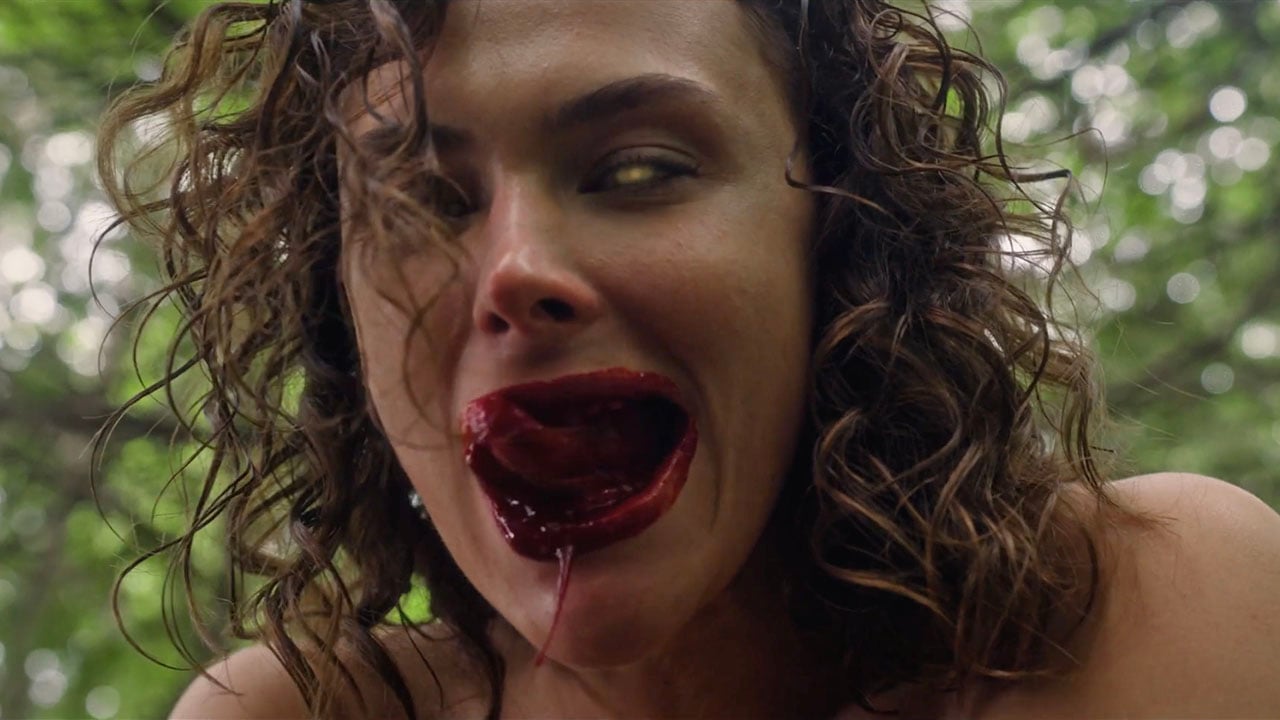


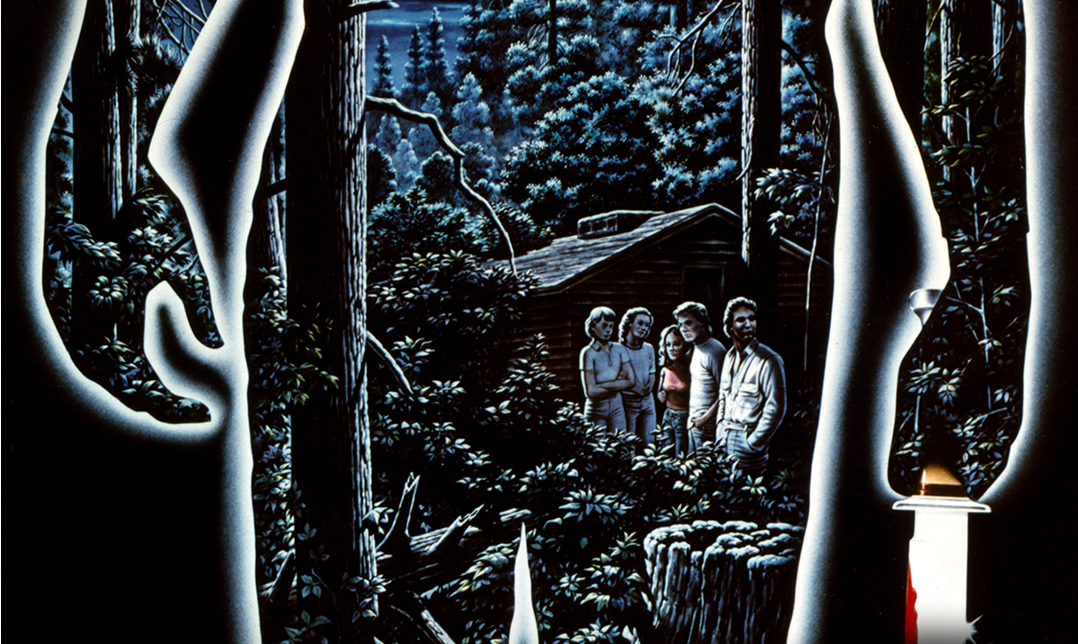












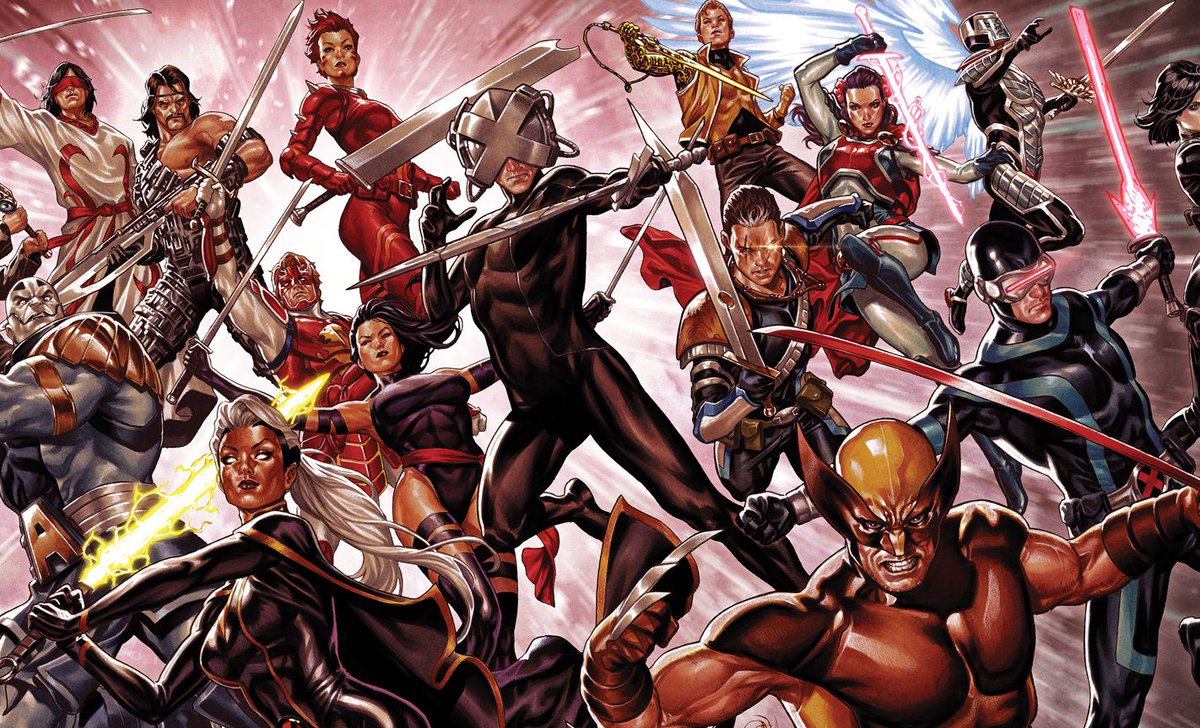

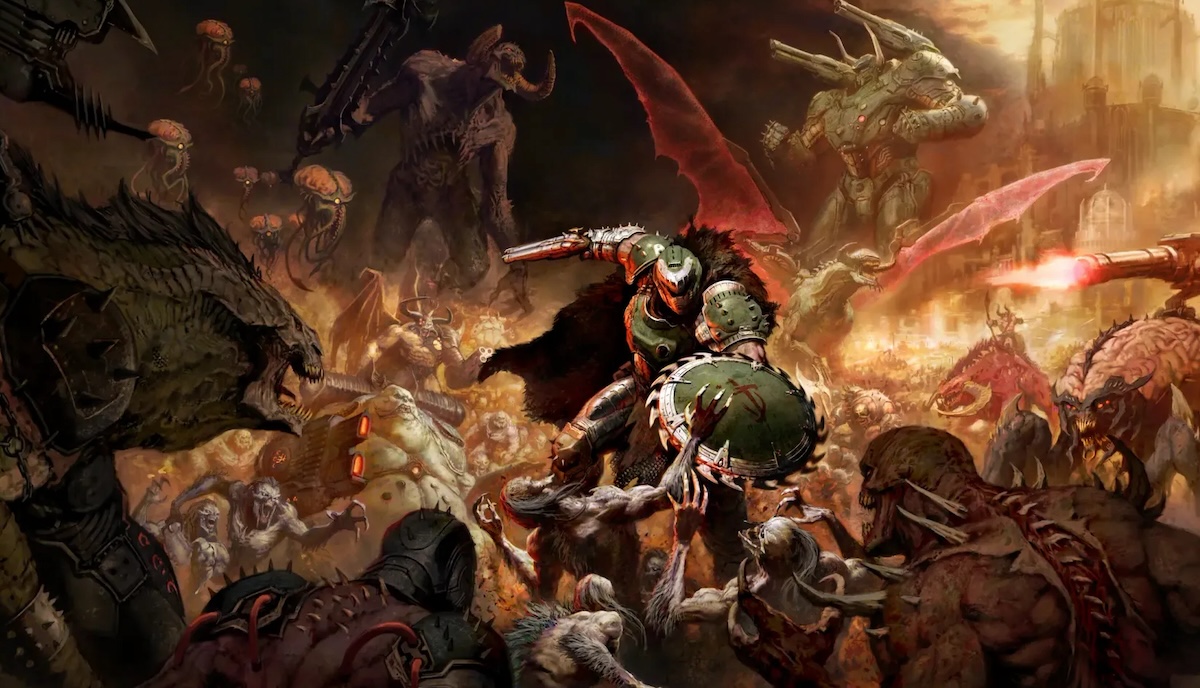





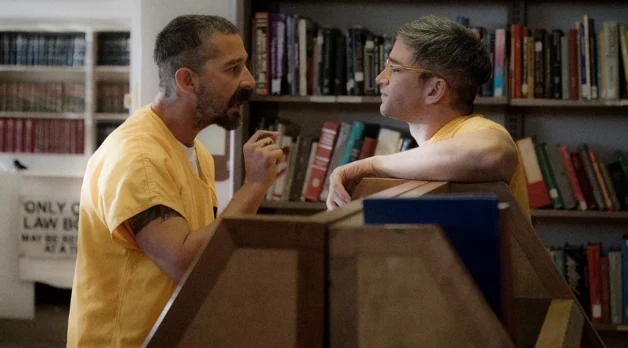


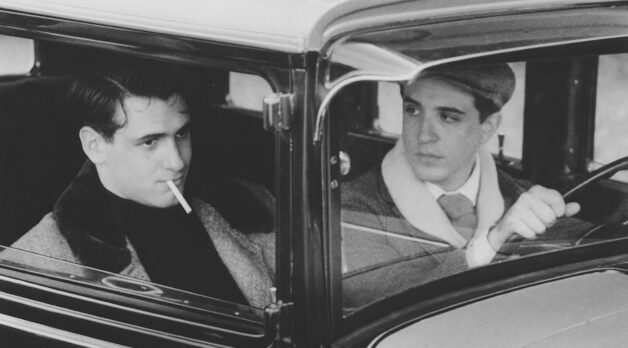








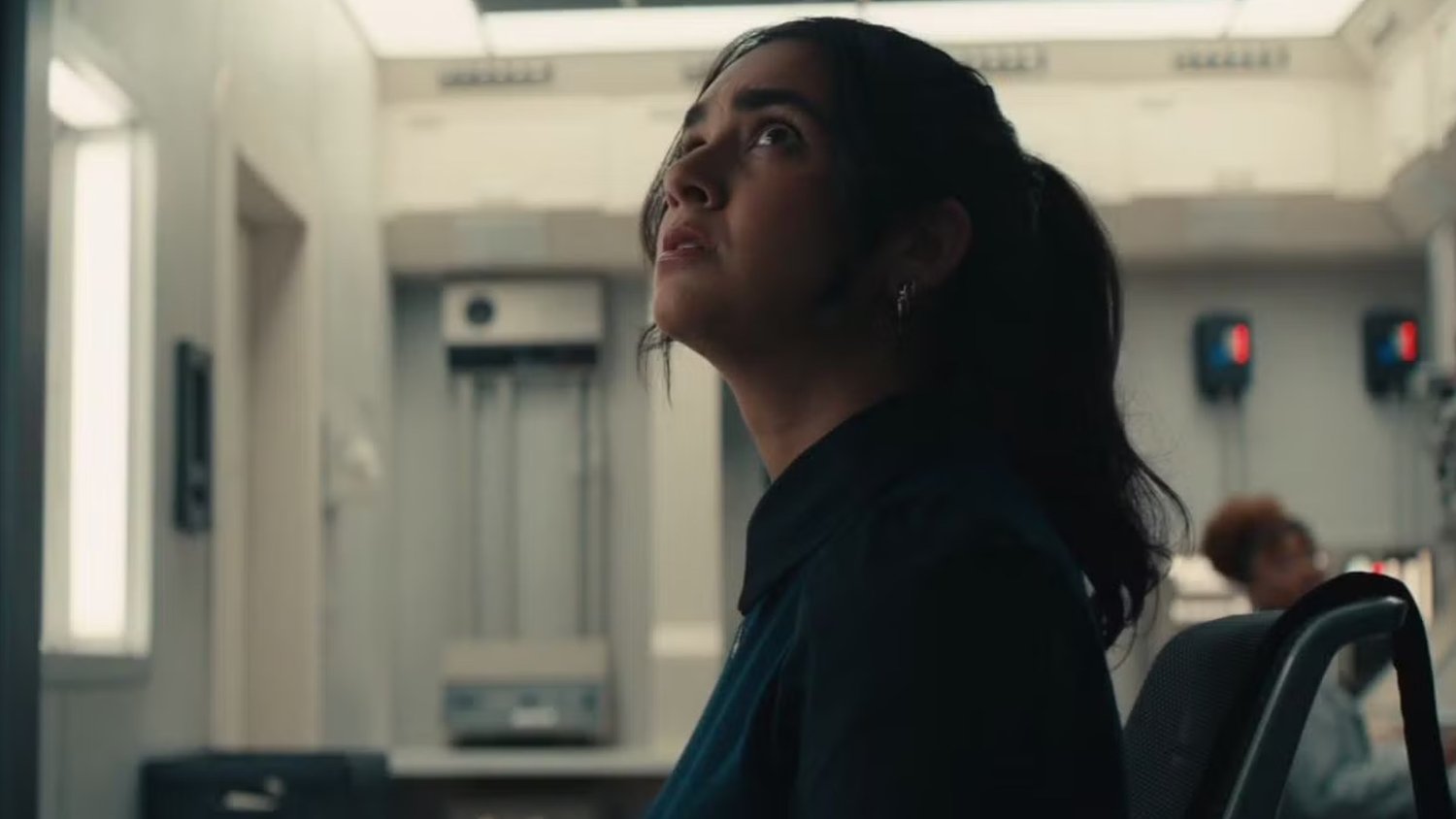
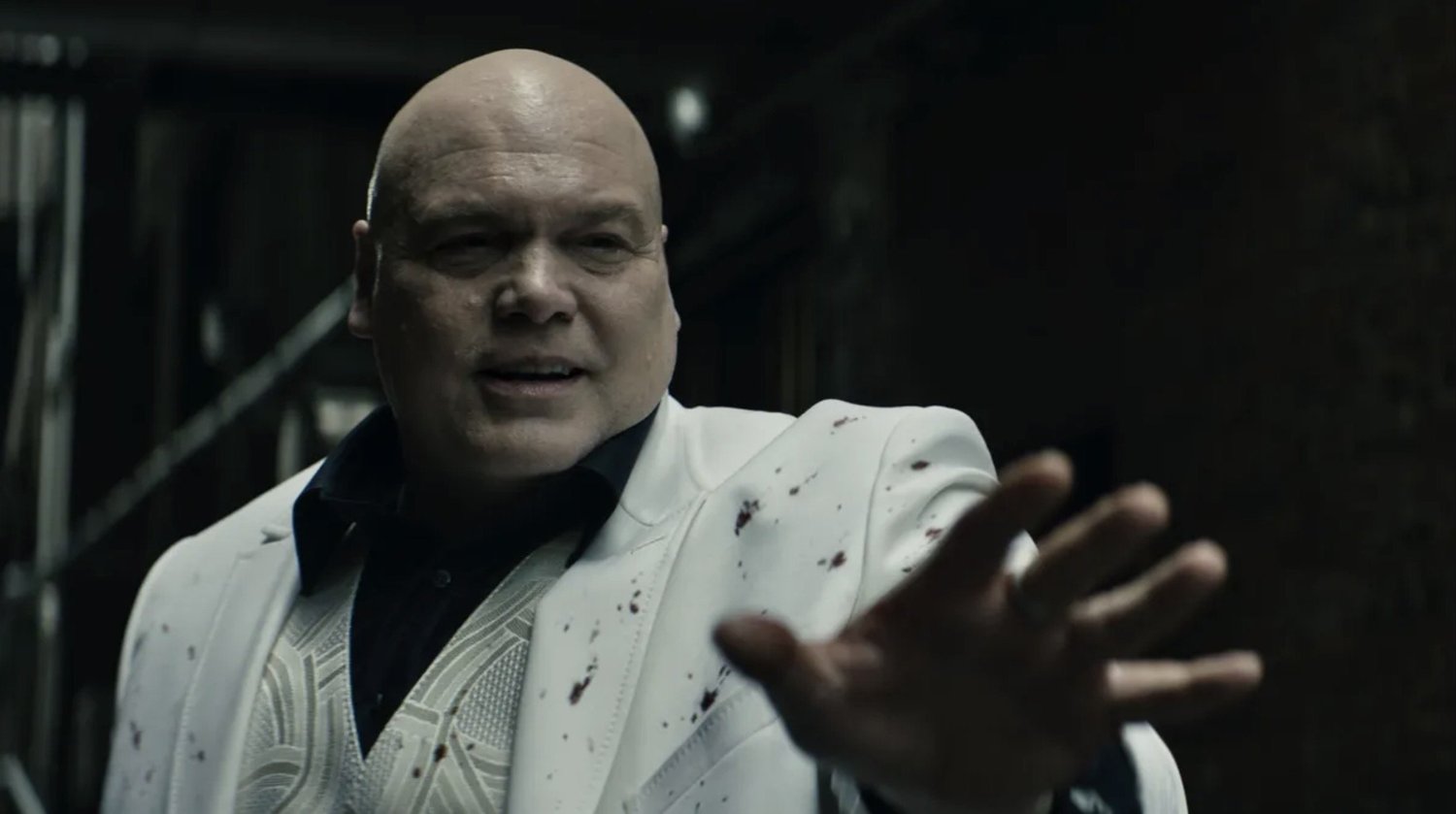
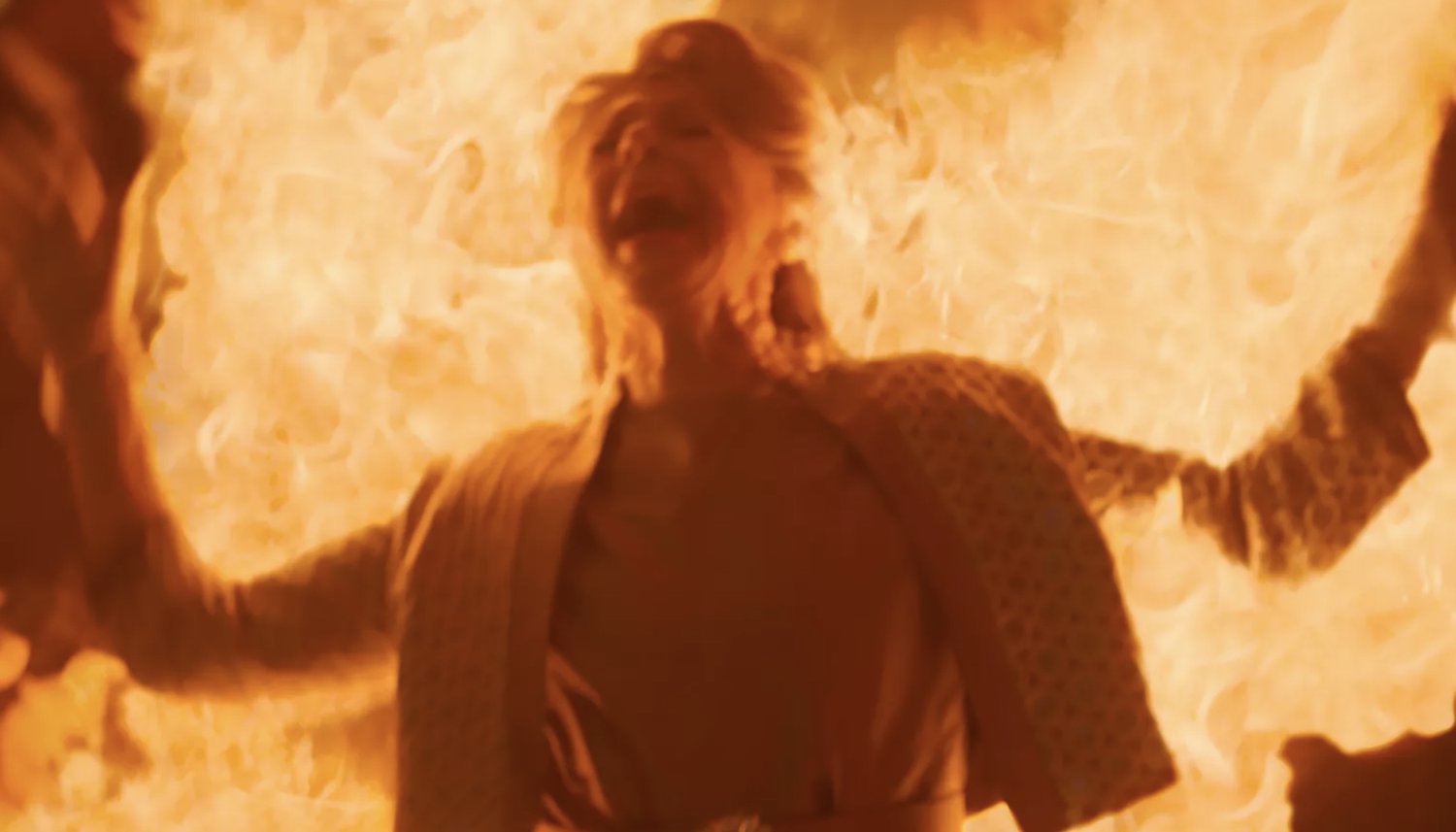
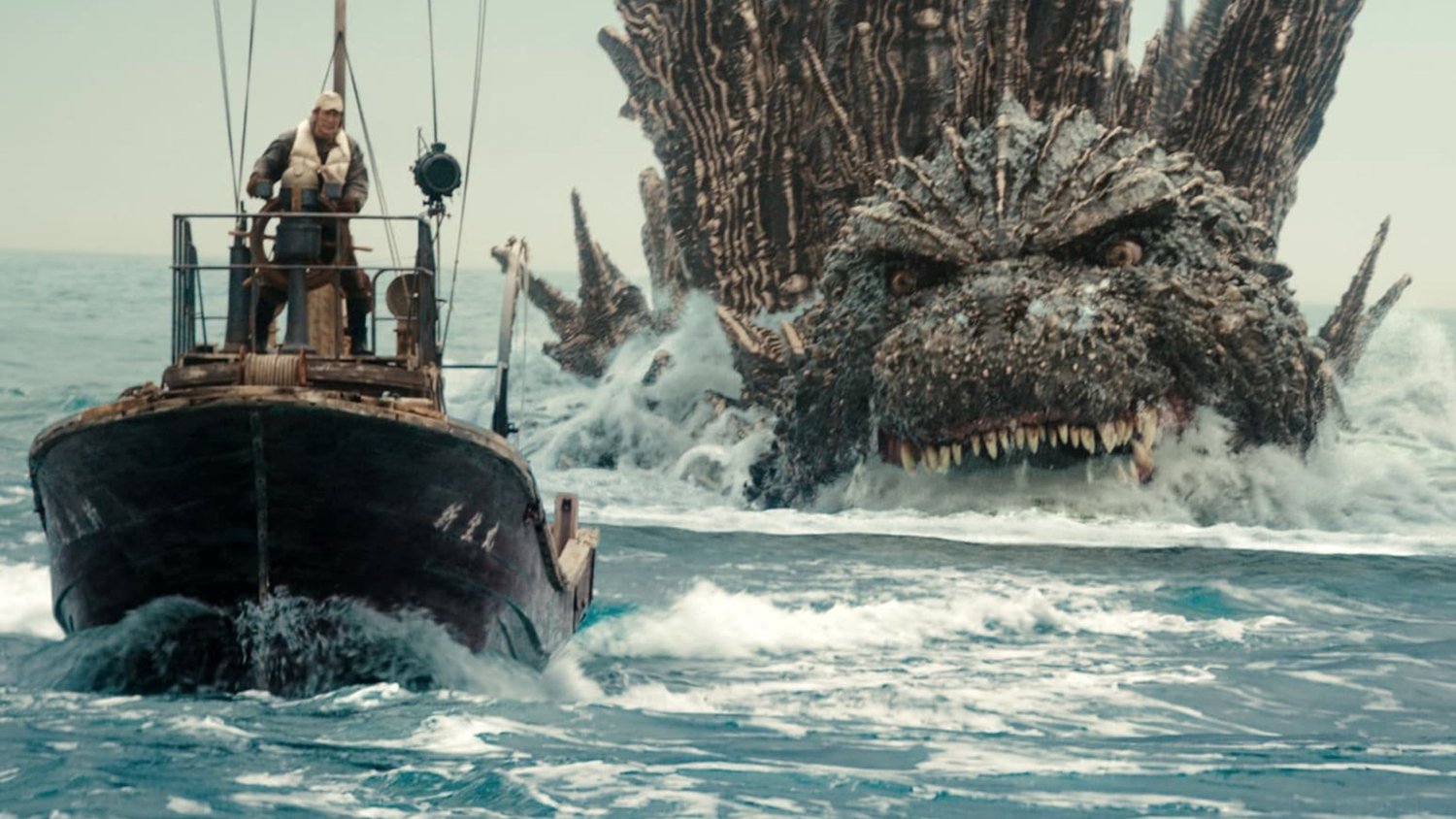









![Hollow Rendition [on SLEEPY HOLLOW]](https://jonathanrosenbaum.net/wp-content/uploads/2010/03/sleepy-hollow32.jpg)
![It All Adds Up [FOUR CORNERS]](https://jonathanrosenbaum.net/wp-content/uploads/2010/08/fourcorners.jpg)

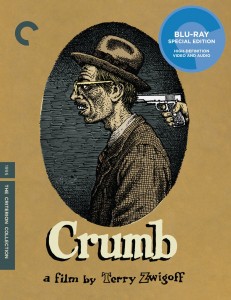
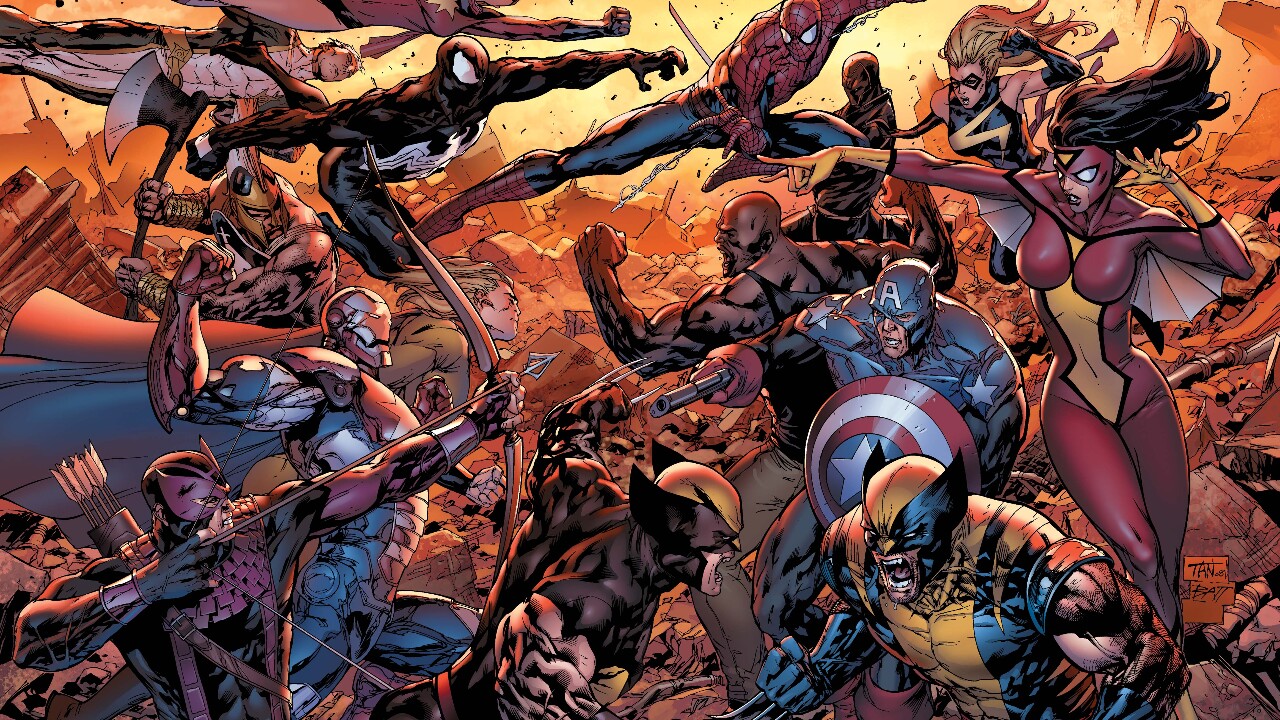
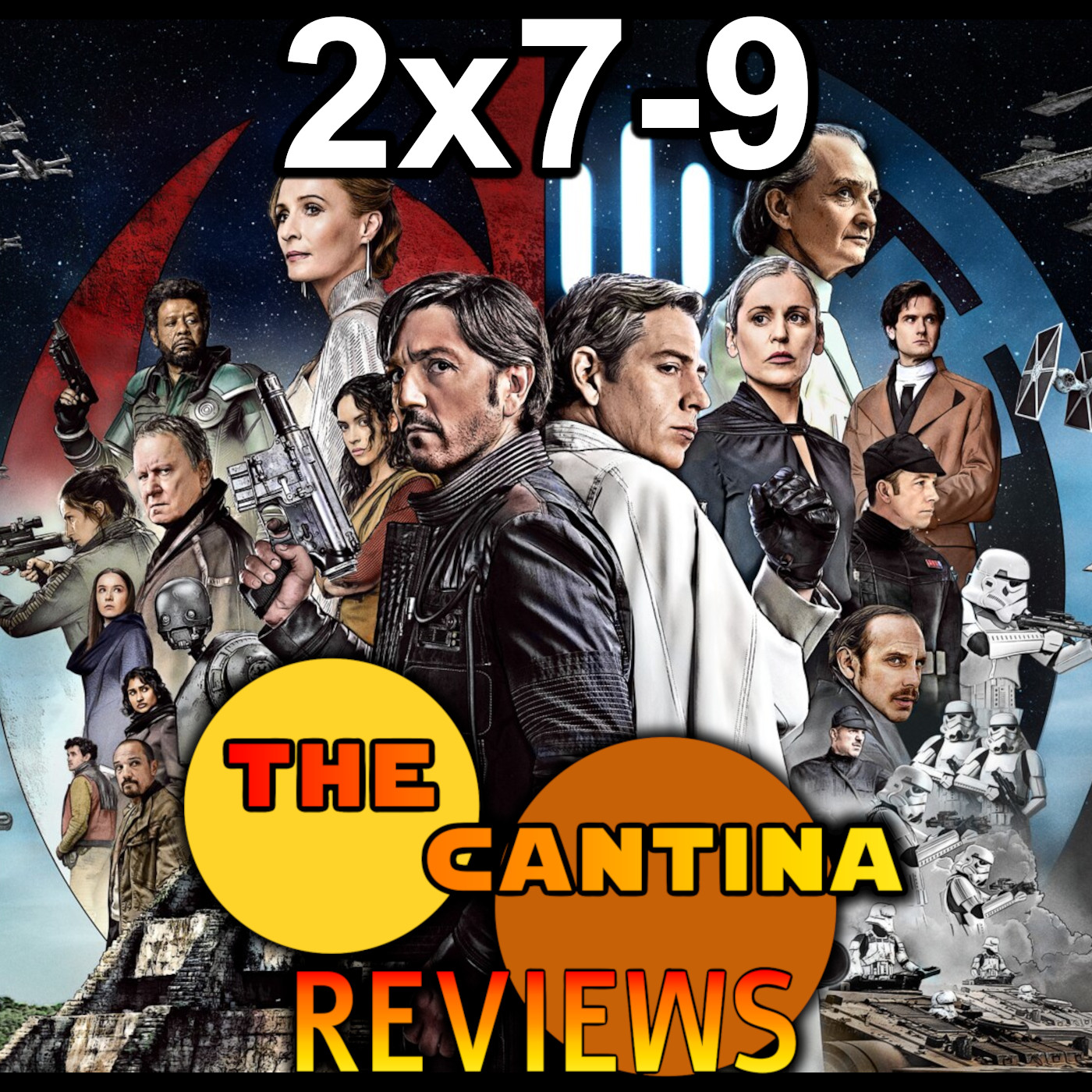
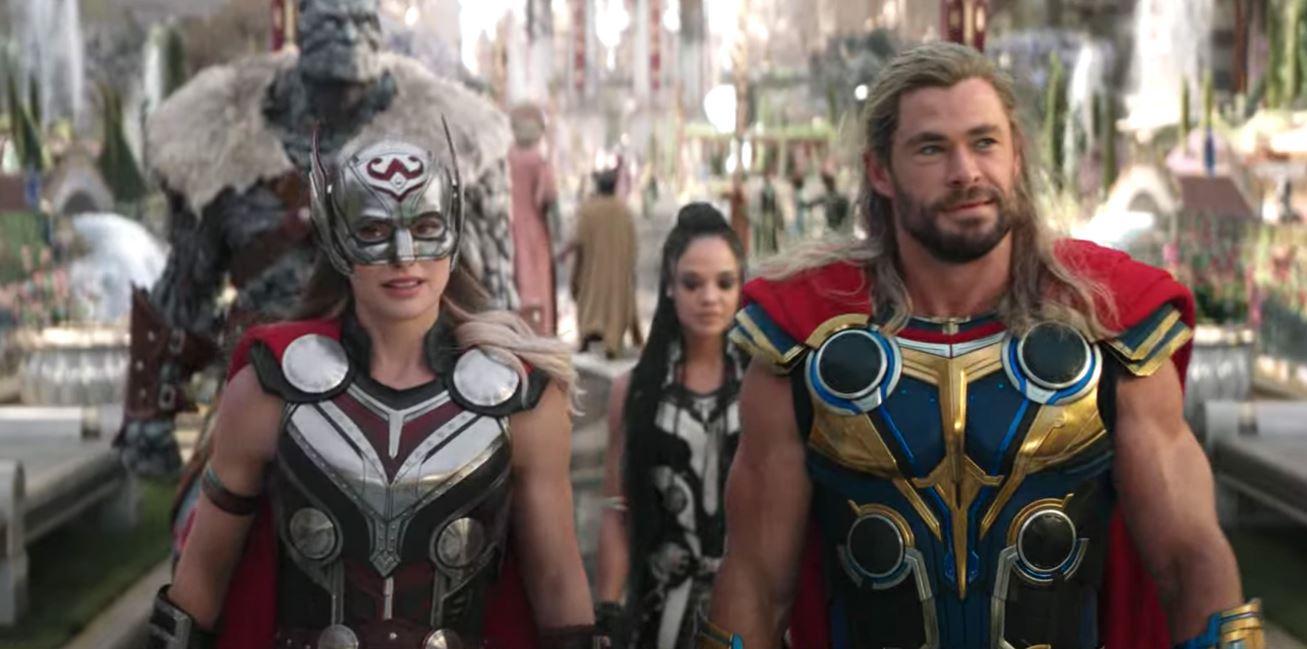
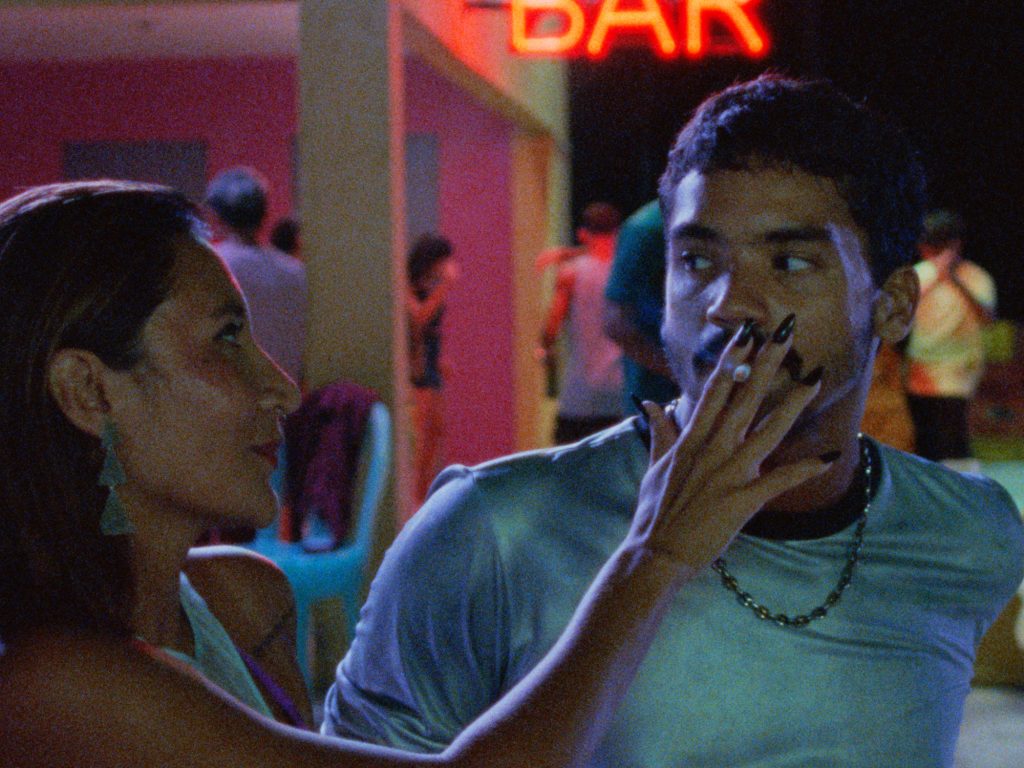

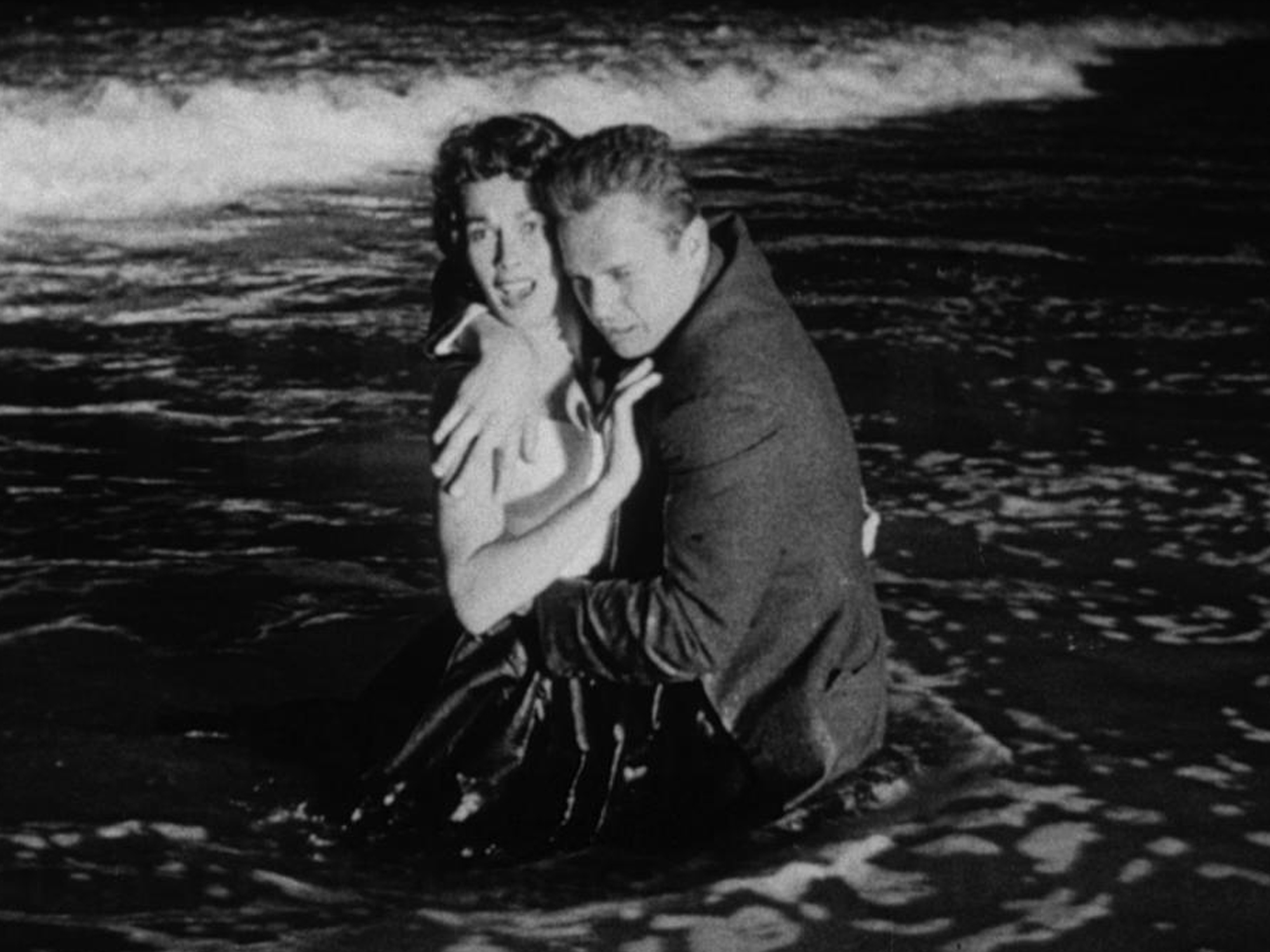















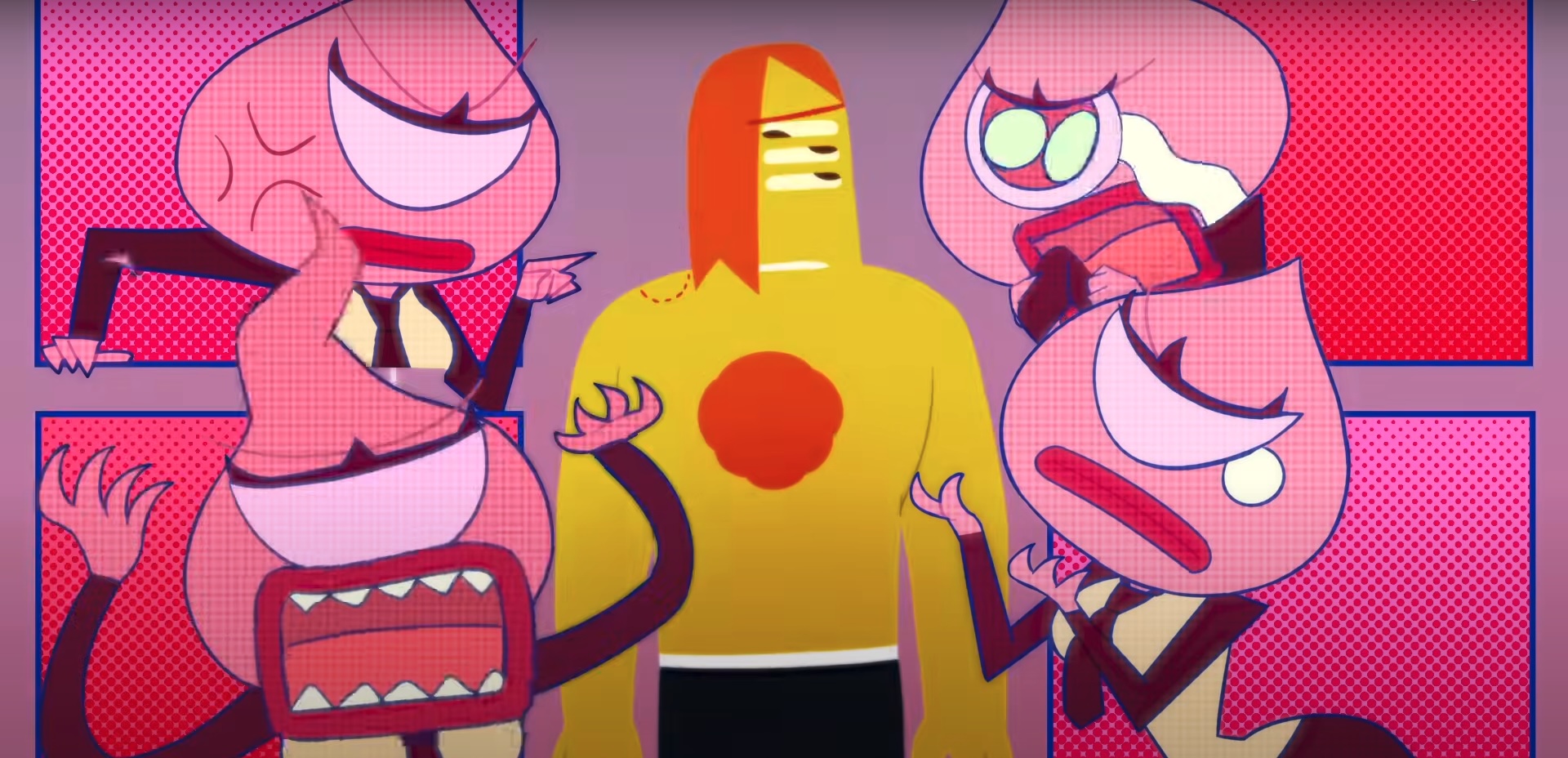
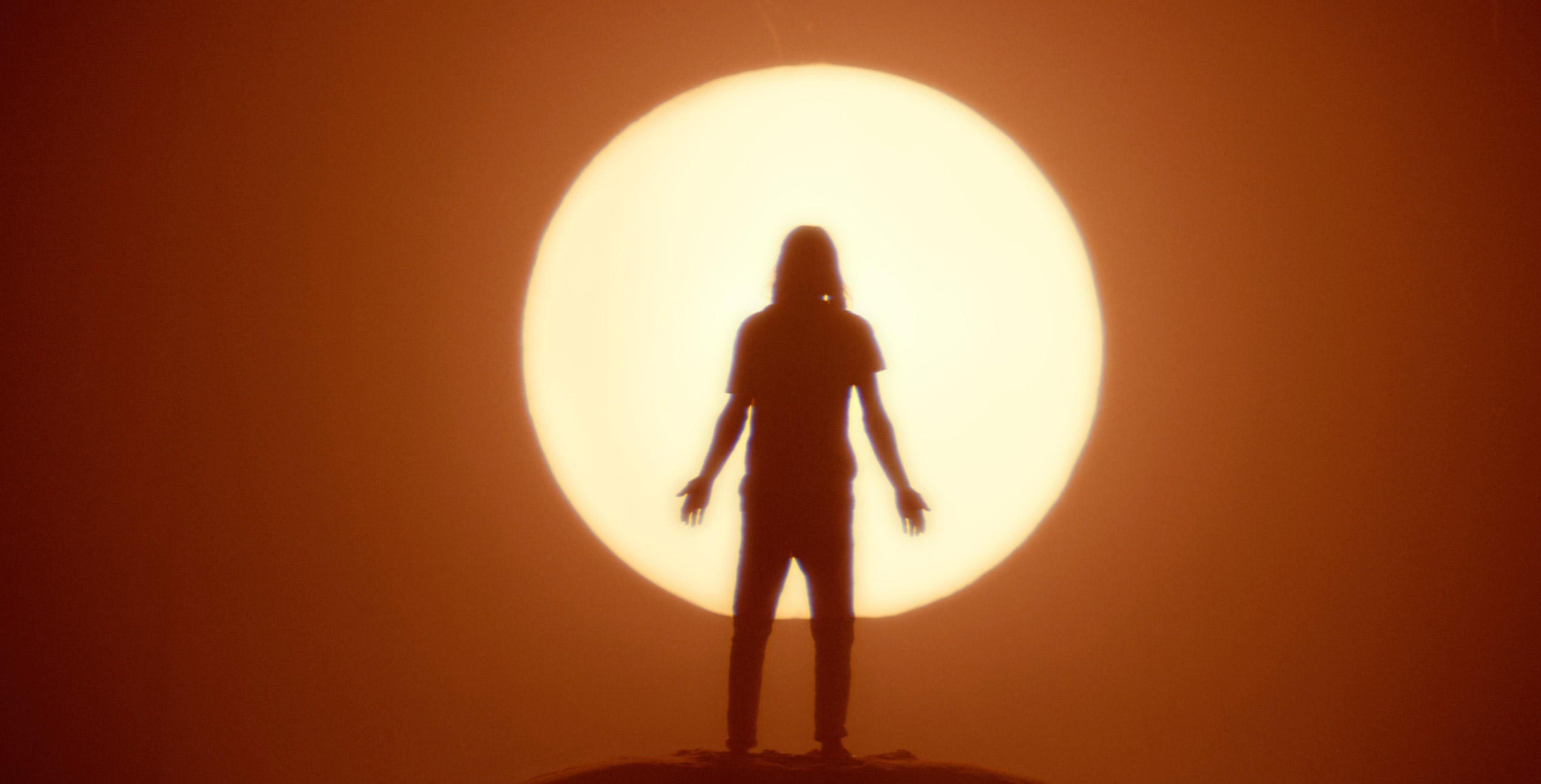
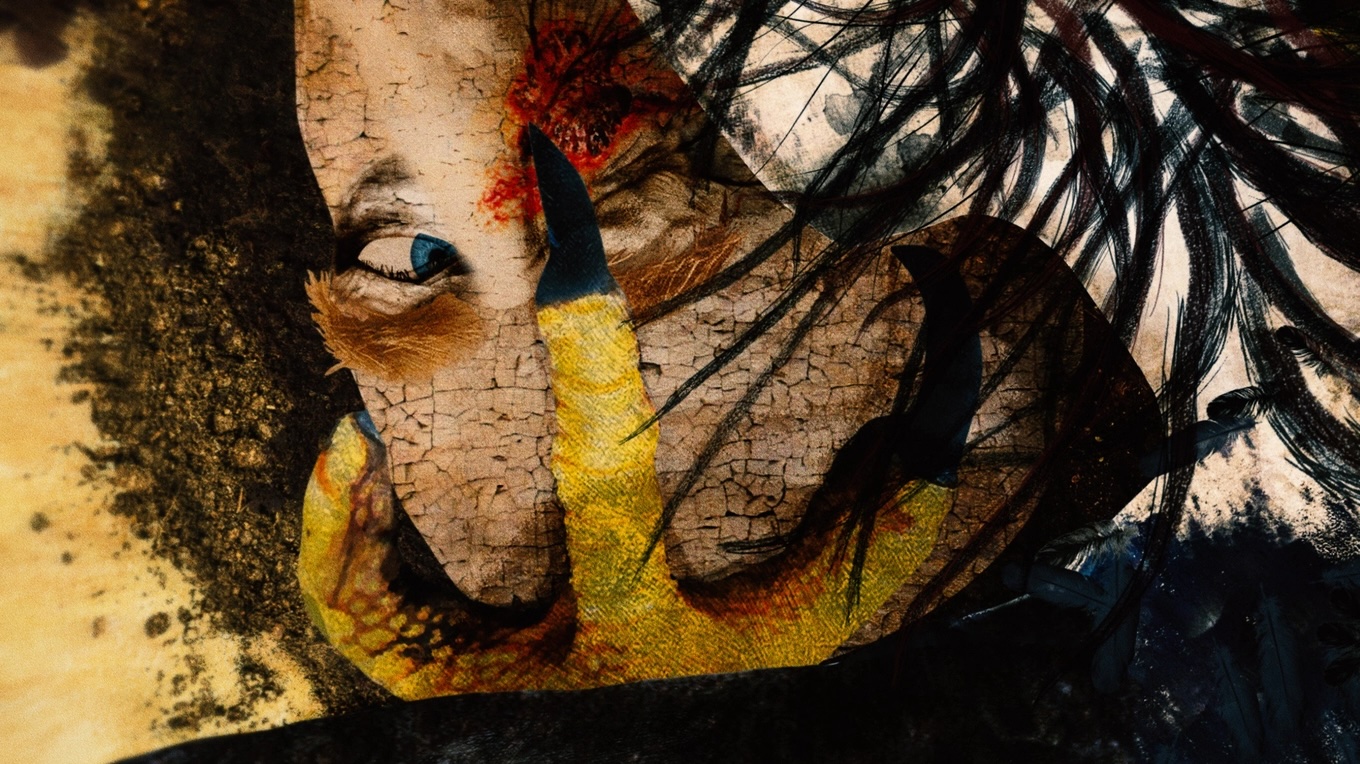

![David Zaslav Killed A TV Sequel To Tucker And Dale Vs. Evil; Here's What It Would Have Been About [Exclusive]](https://www.slashfilm.com/img/gallery/david-zaslav-killed-a-tv-sequel-to-tucker-and-dale-vs-evil-heres-what-it-would-have-been-about-exclusive/l-intro-1746813804.jpg?#)
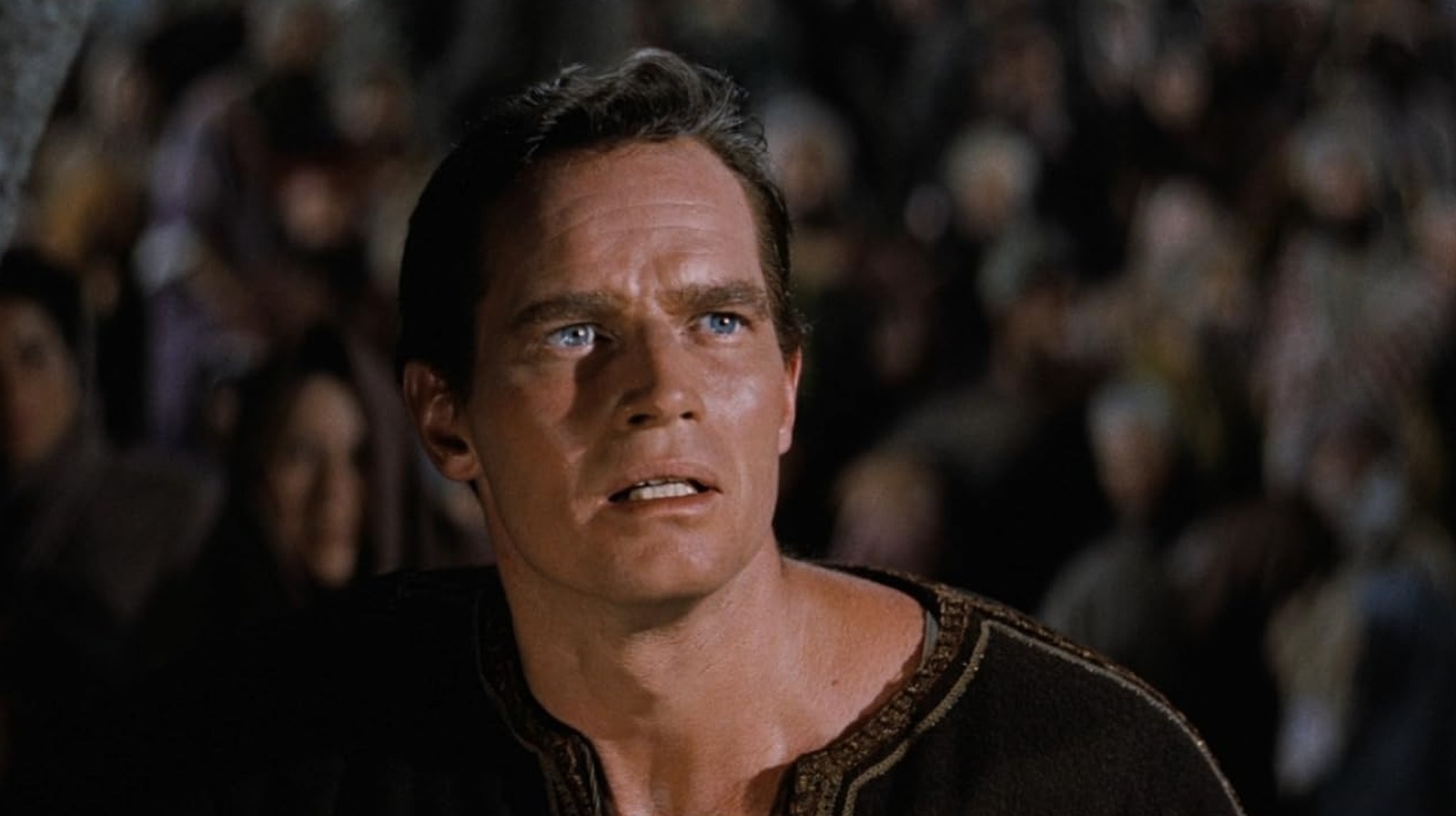

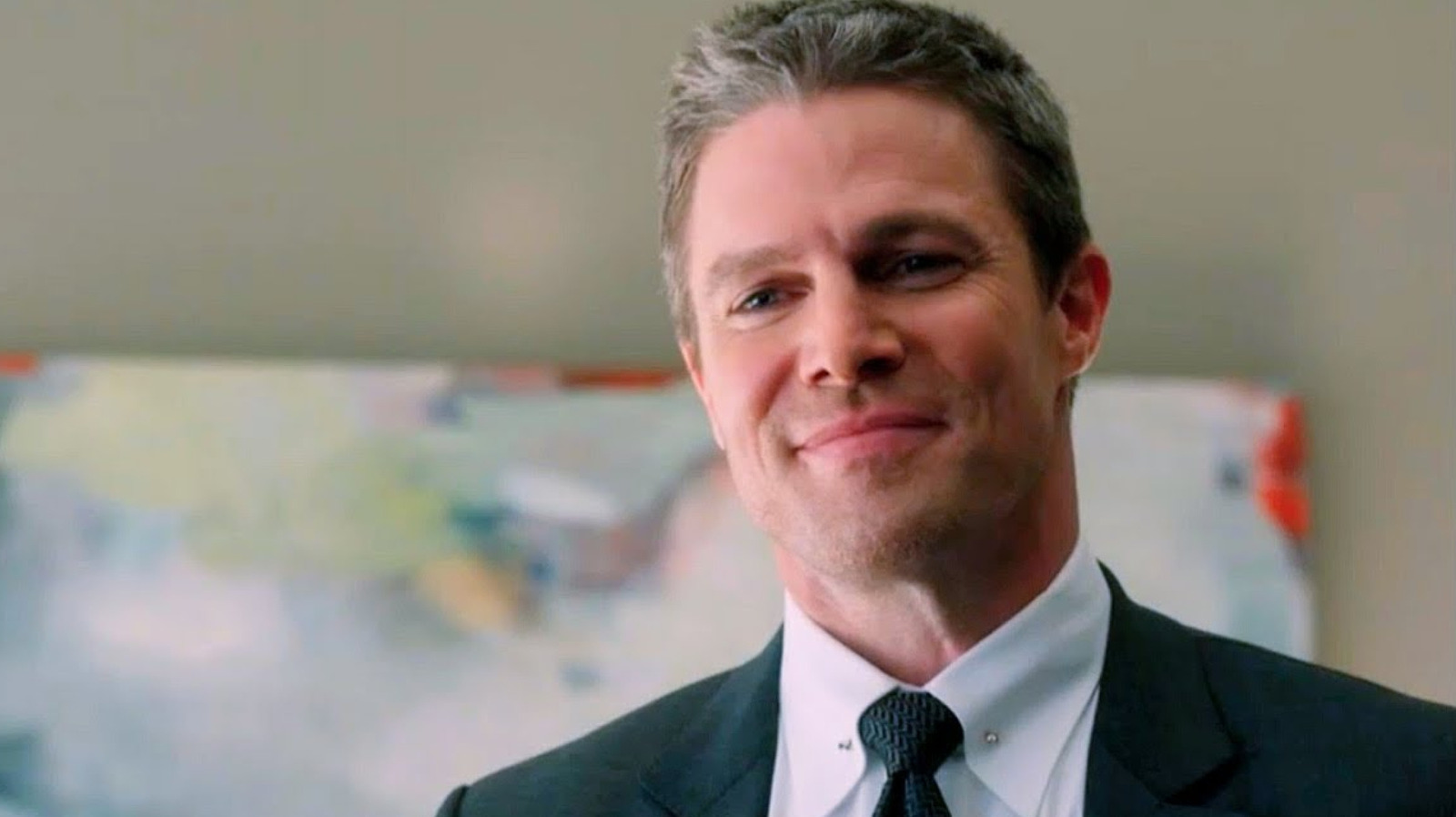










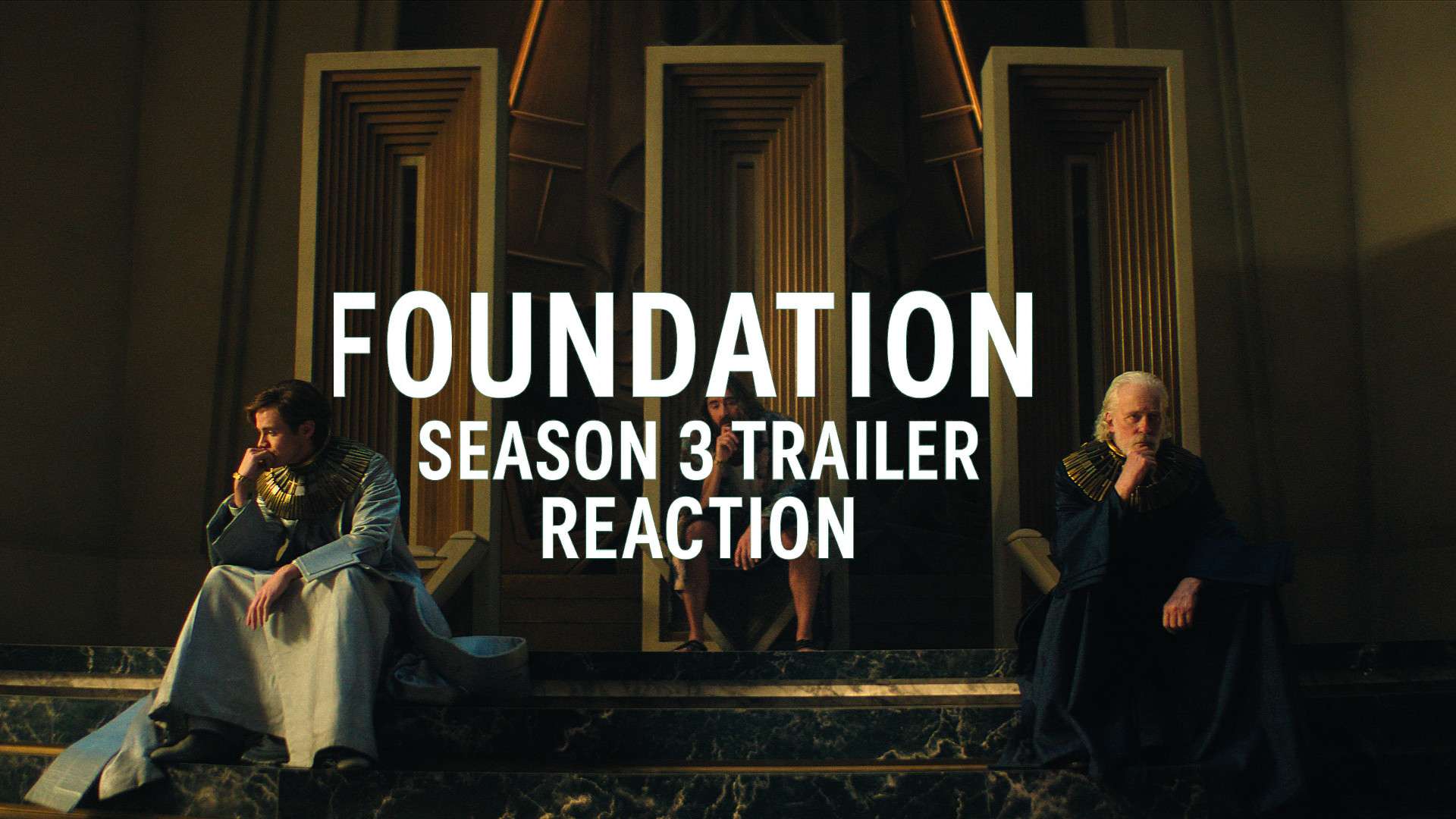

![Natasha Rothwell Pitched Belinda’s Big Moment In ‘The White Lotus’ Season 3 [Interview]](https://cdn.theplaylist.net/wp-content/uploads/2025/05/09171530/NatashaRothwellWhiteLotusSeason2.jpg)
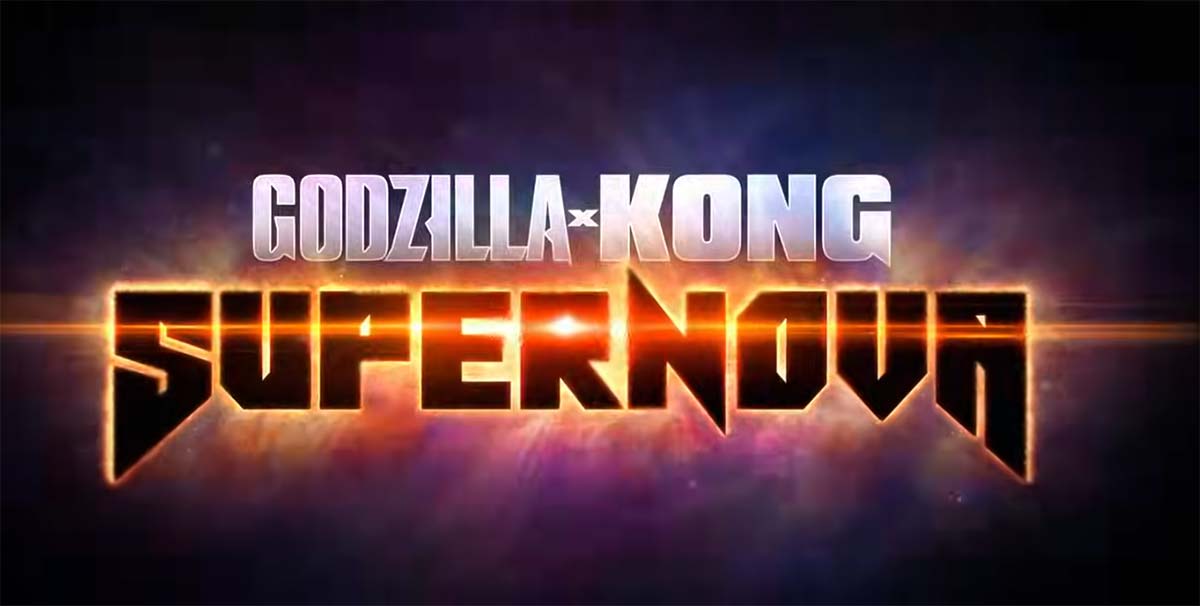







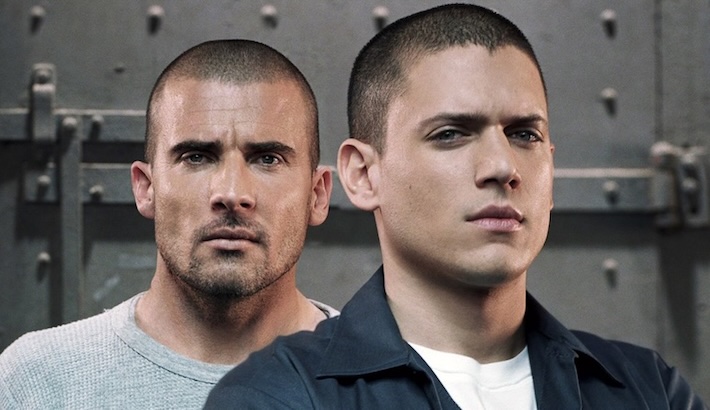














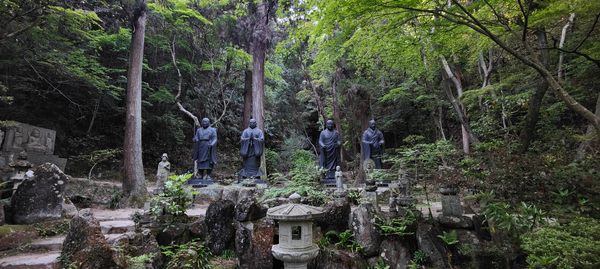




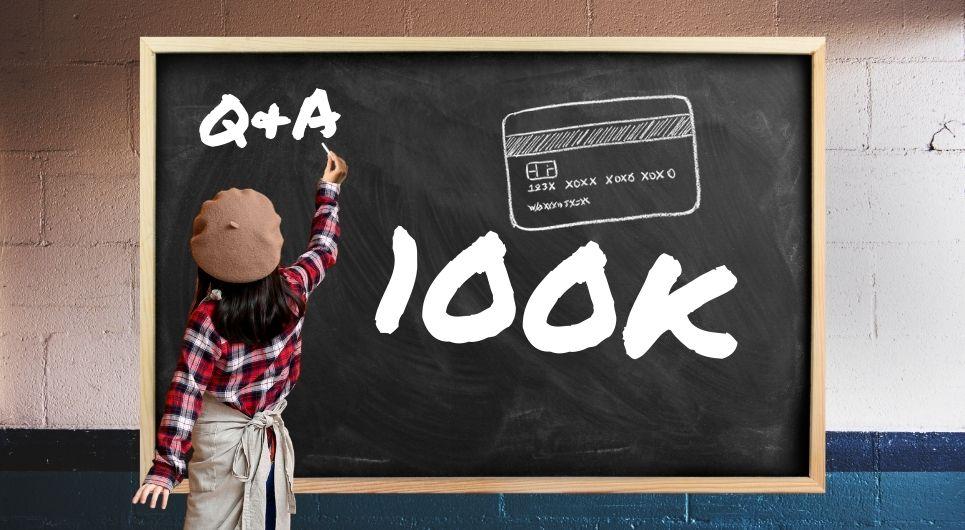





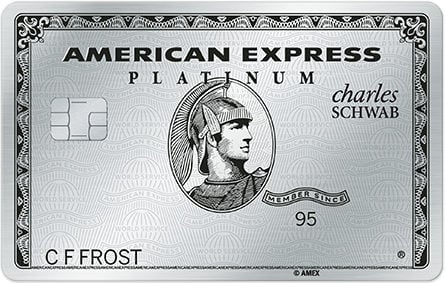










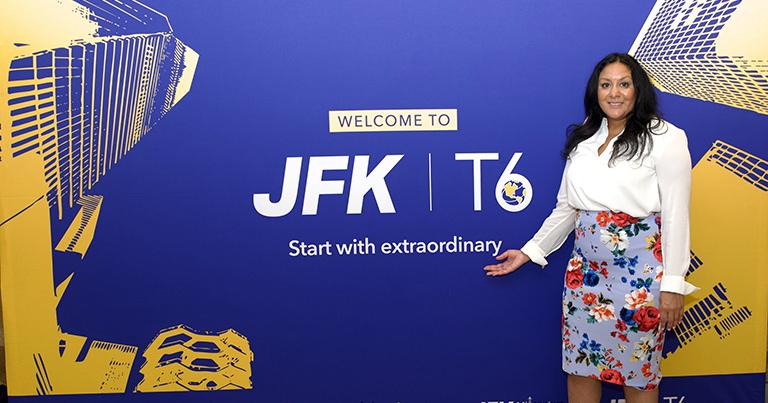





























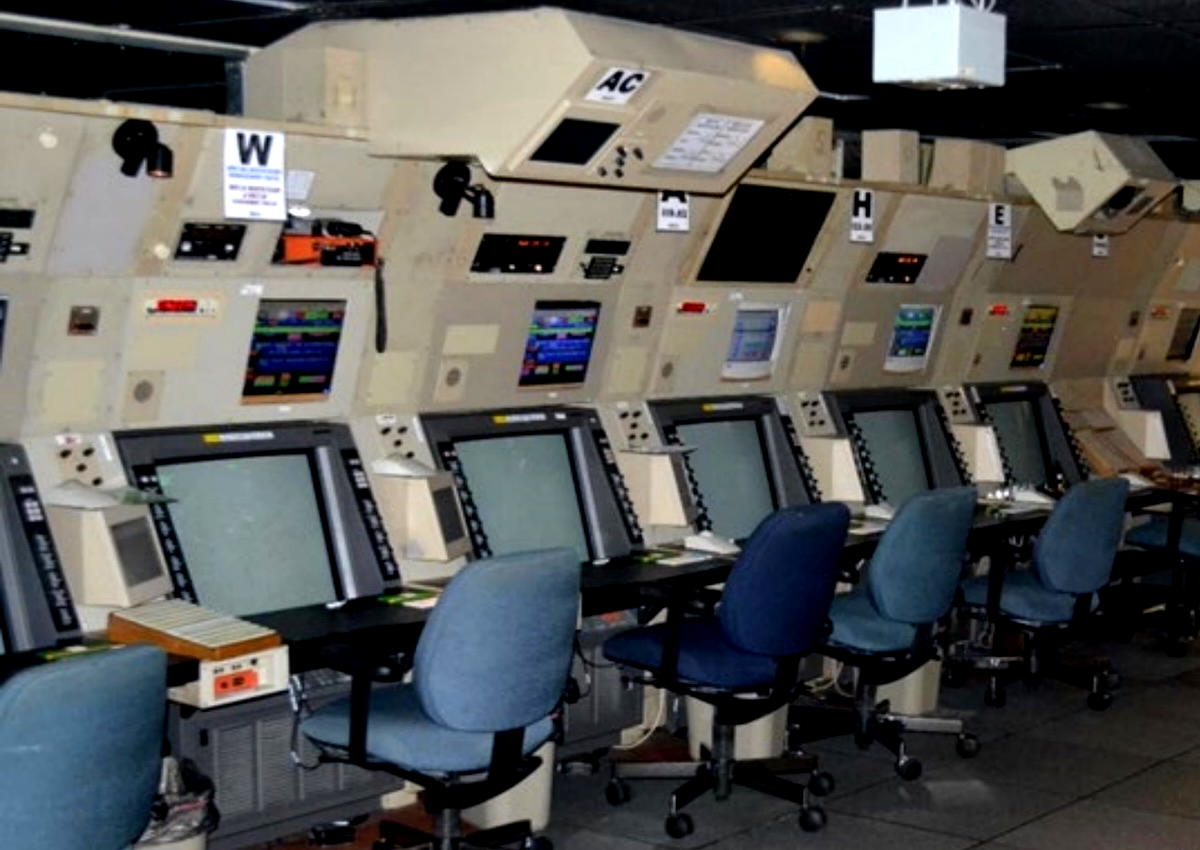
































![American Airlines Passenger Shocked By What Basic Economy Didn’t Include [Roundup]](https://viewfromthewing.com/wp-content/uploads/2025/05/american-airlines-do-not-occupy-seats.jpg?#)



















-Nintendo-Switch-2-Hands-On-Preview-Mario-Kart-World-Impressions-&-More!-00-10-30.png?width=1920&height=1920&fit=bounds&quality=70&format=jpg&auto=webp#)


















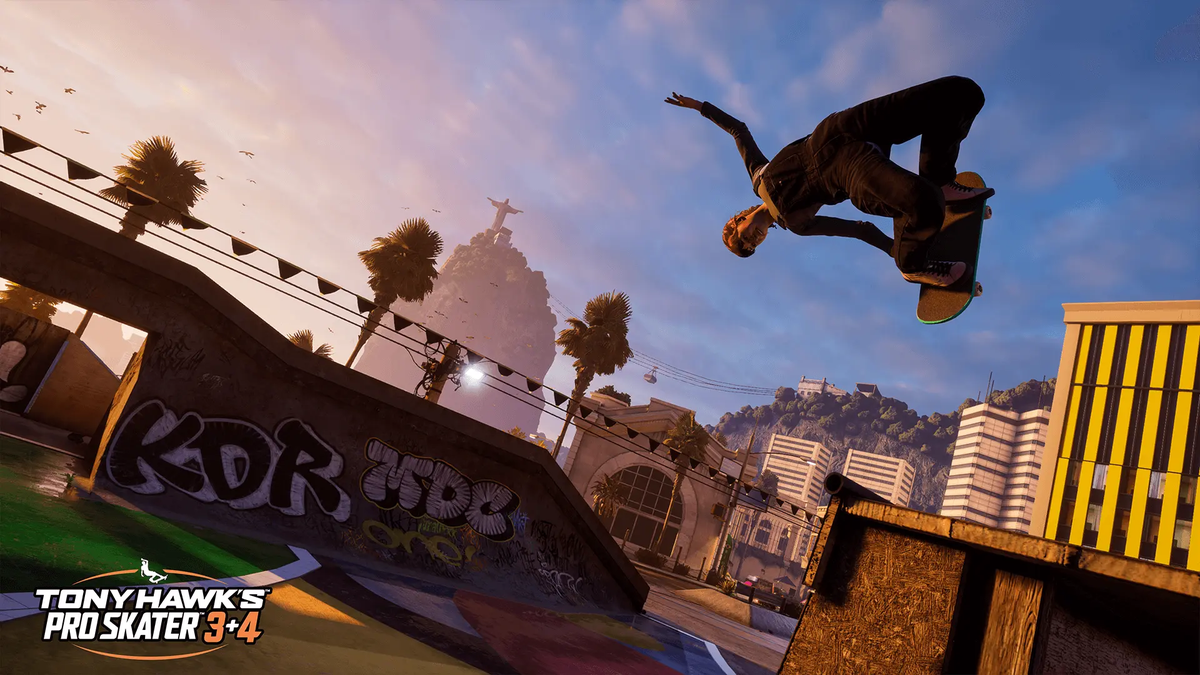
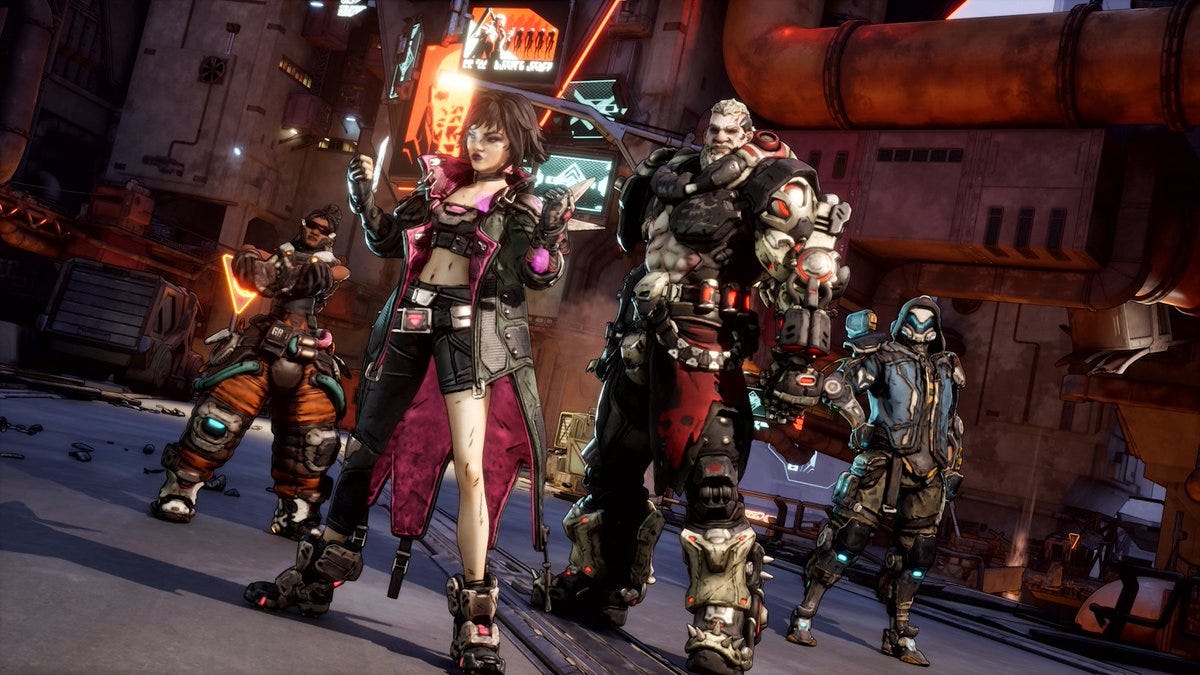























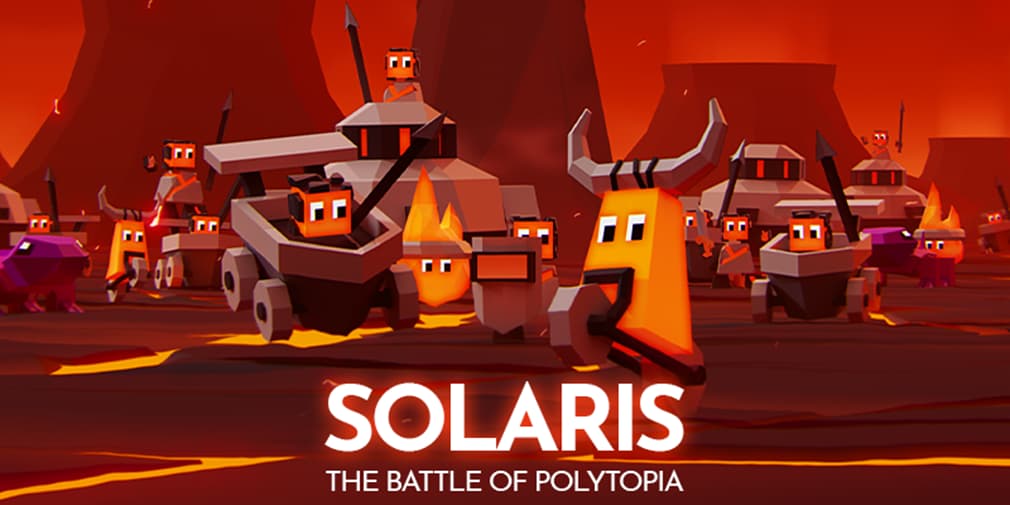






.jpg?width=1920&height=1920&fit=bounds&quality=70&format=jpg&auto=webp#)

































































